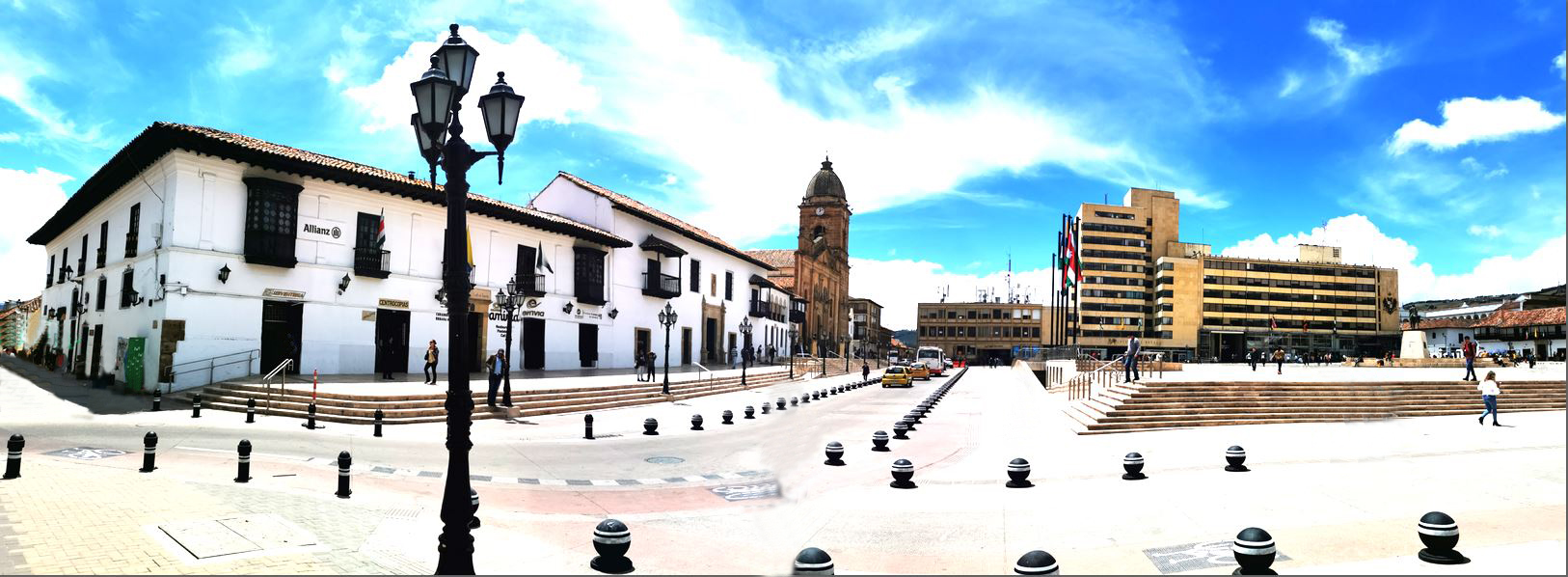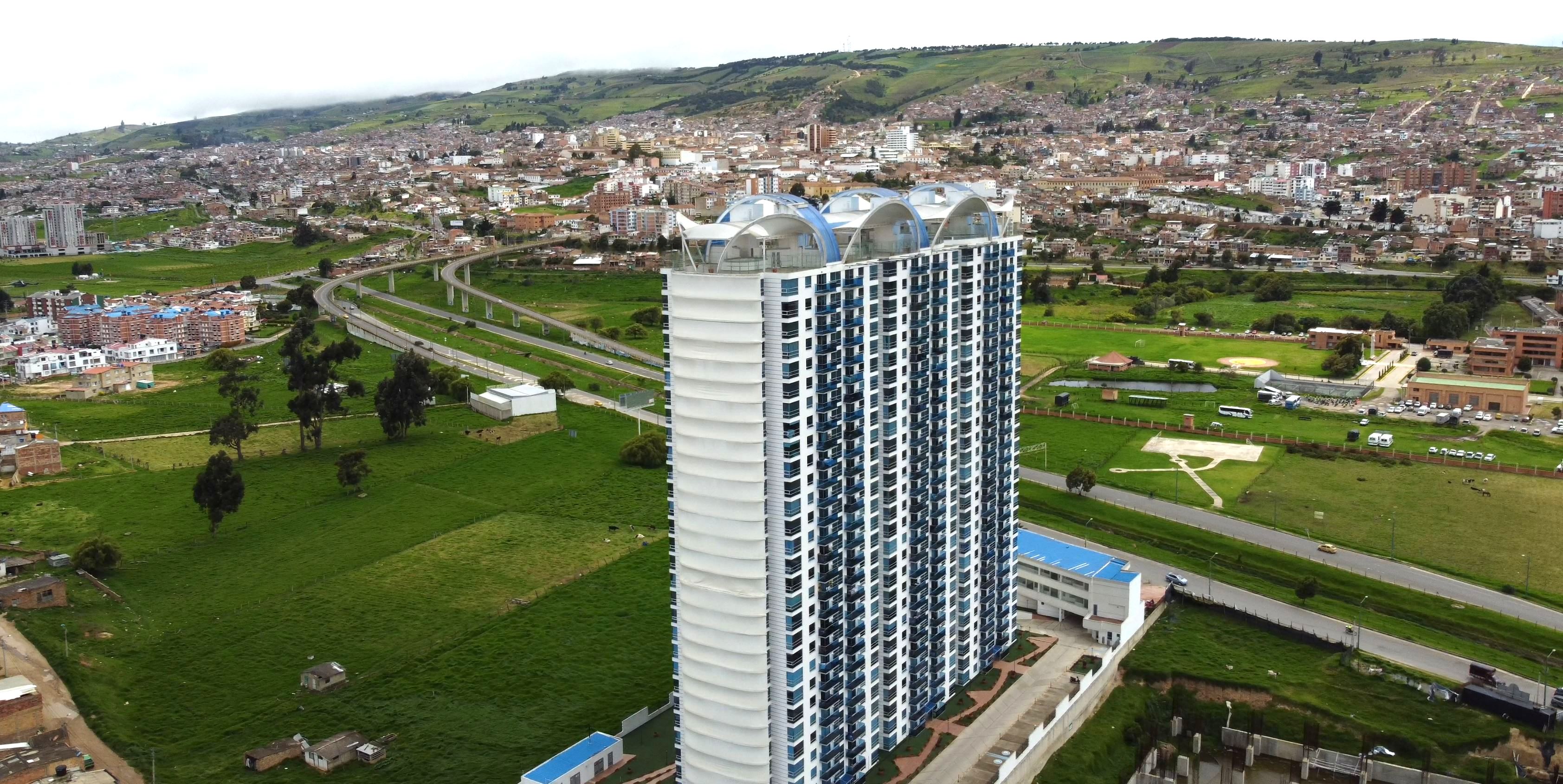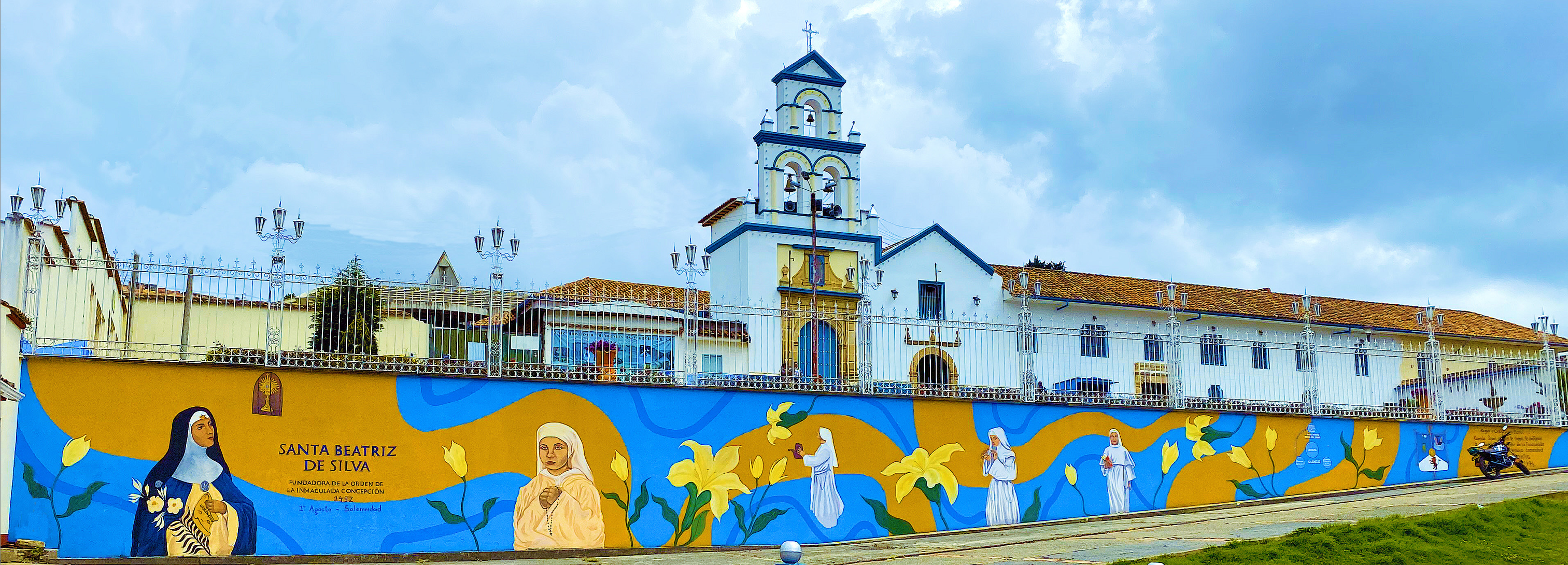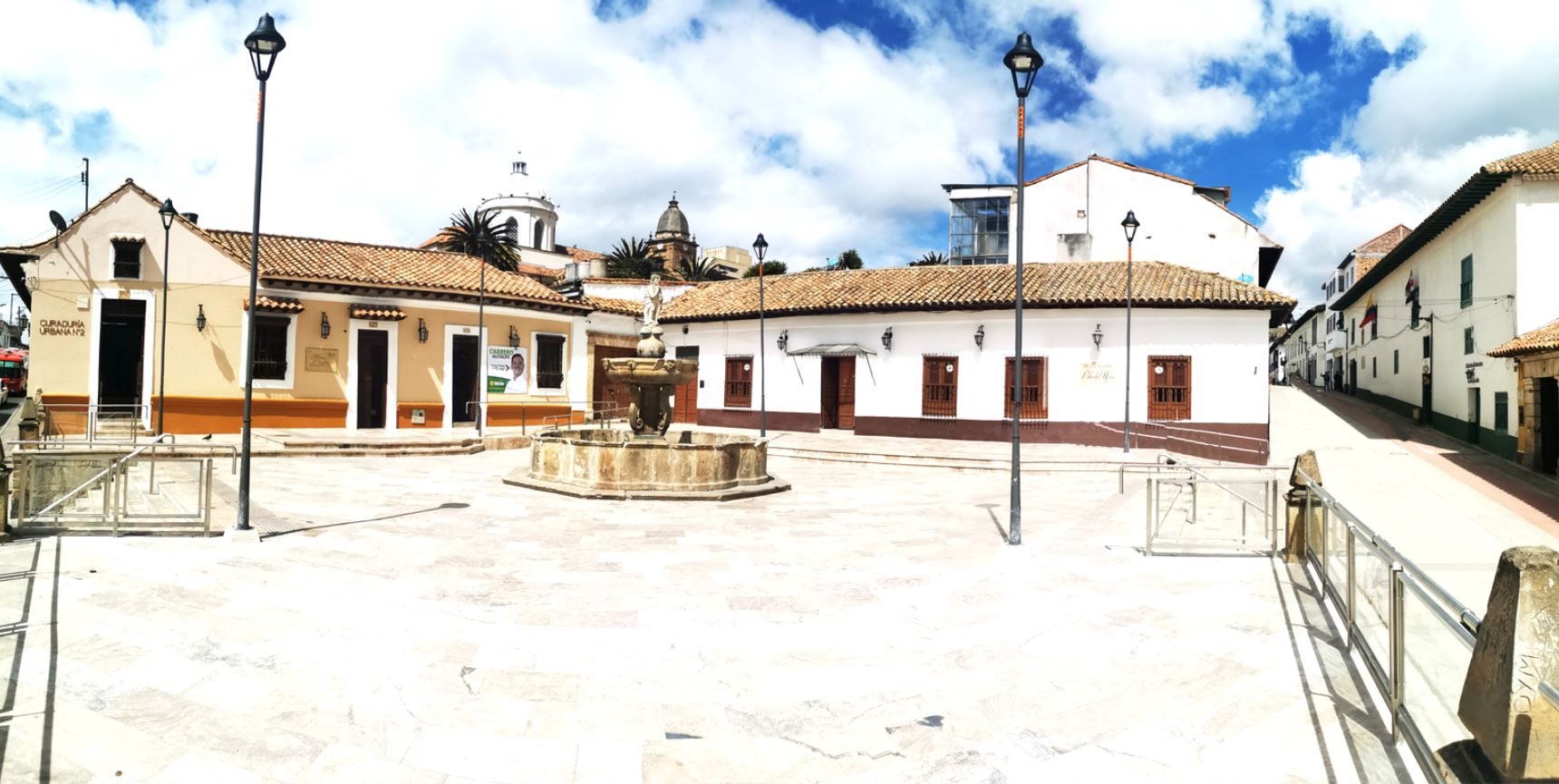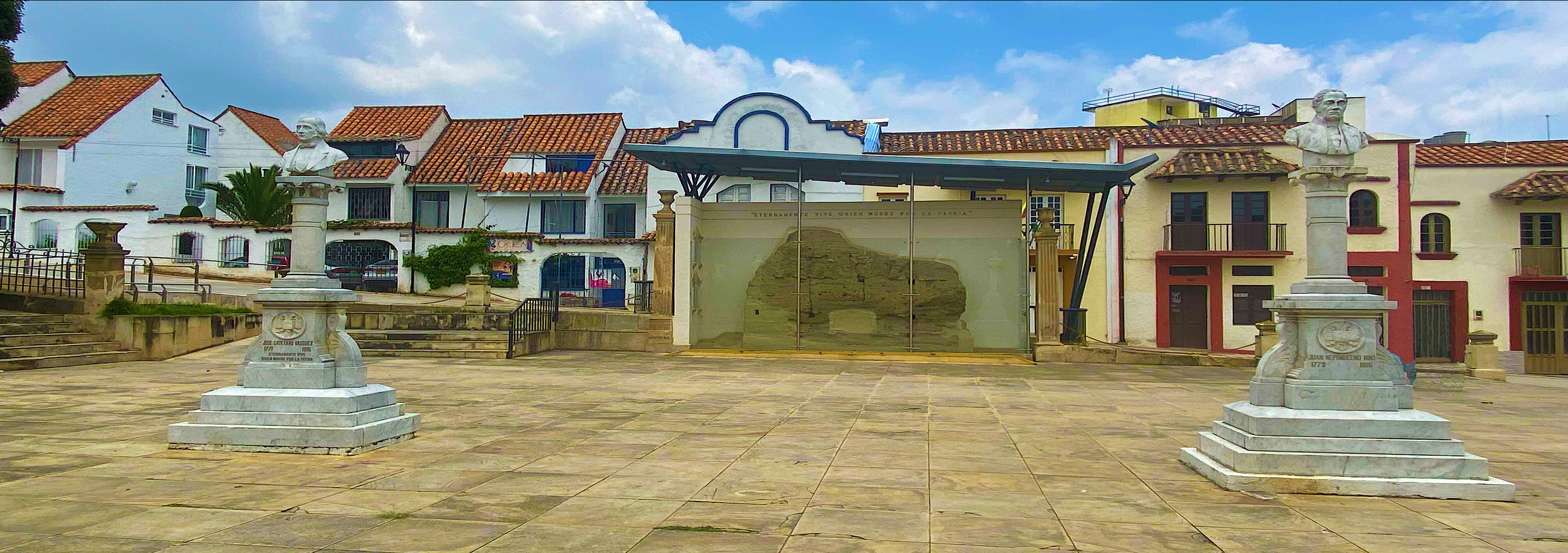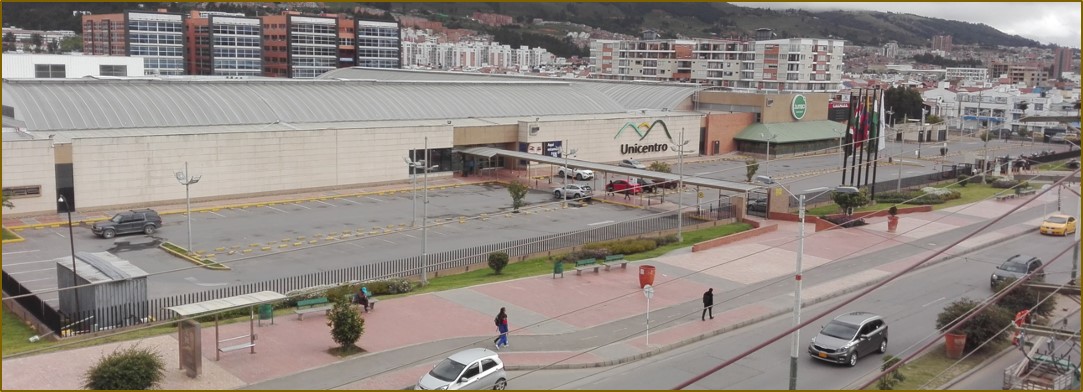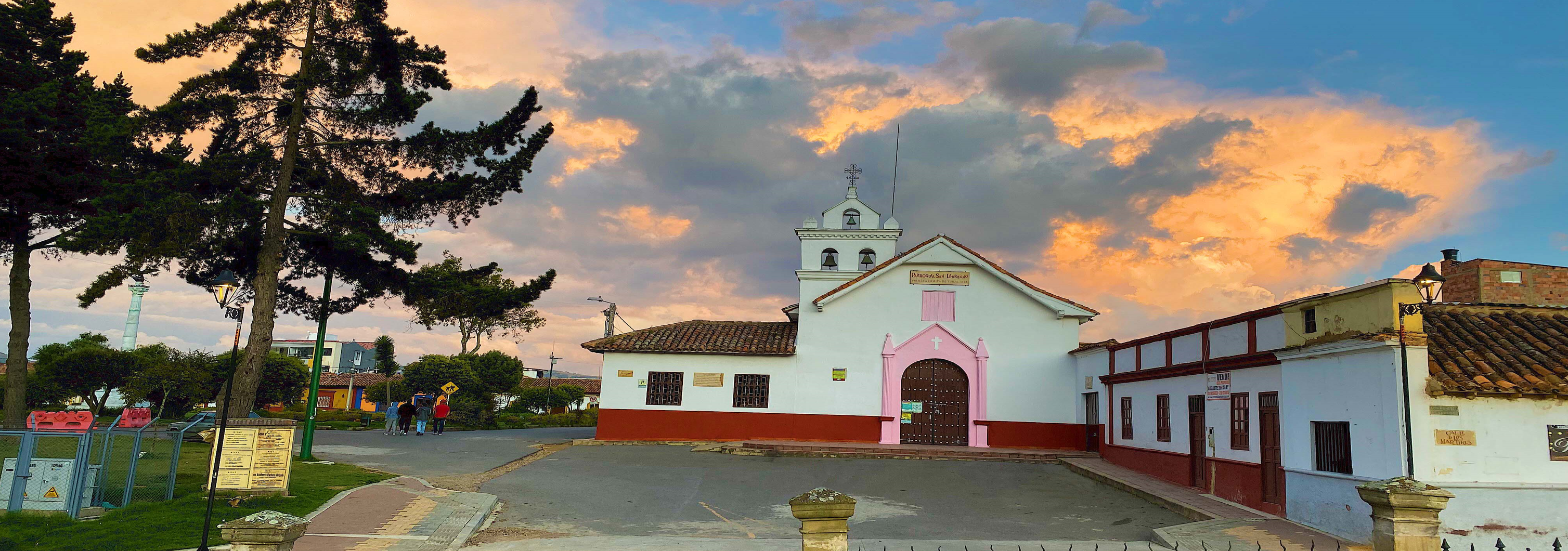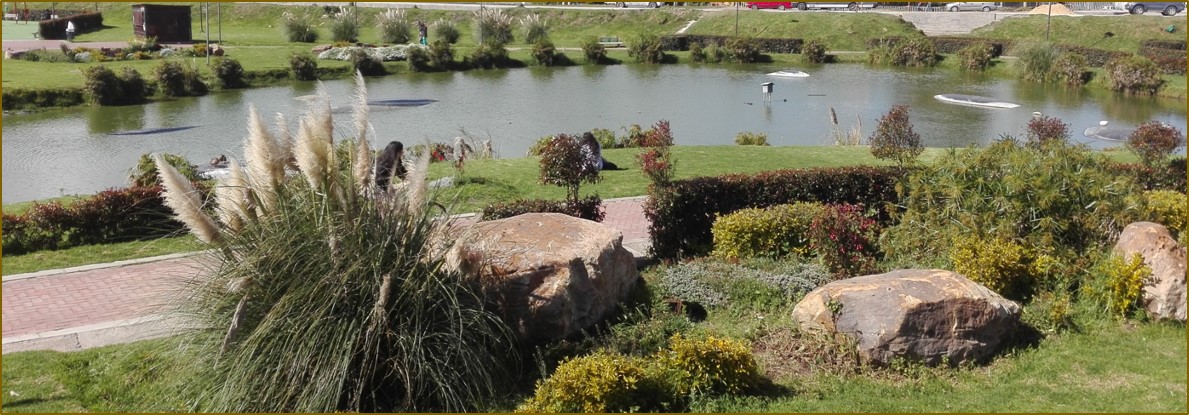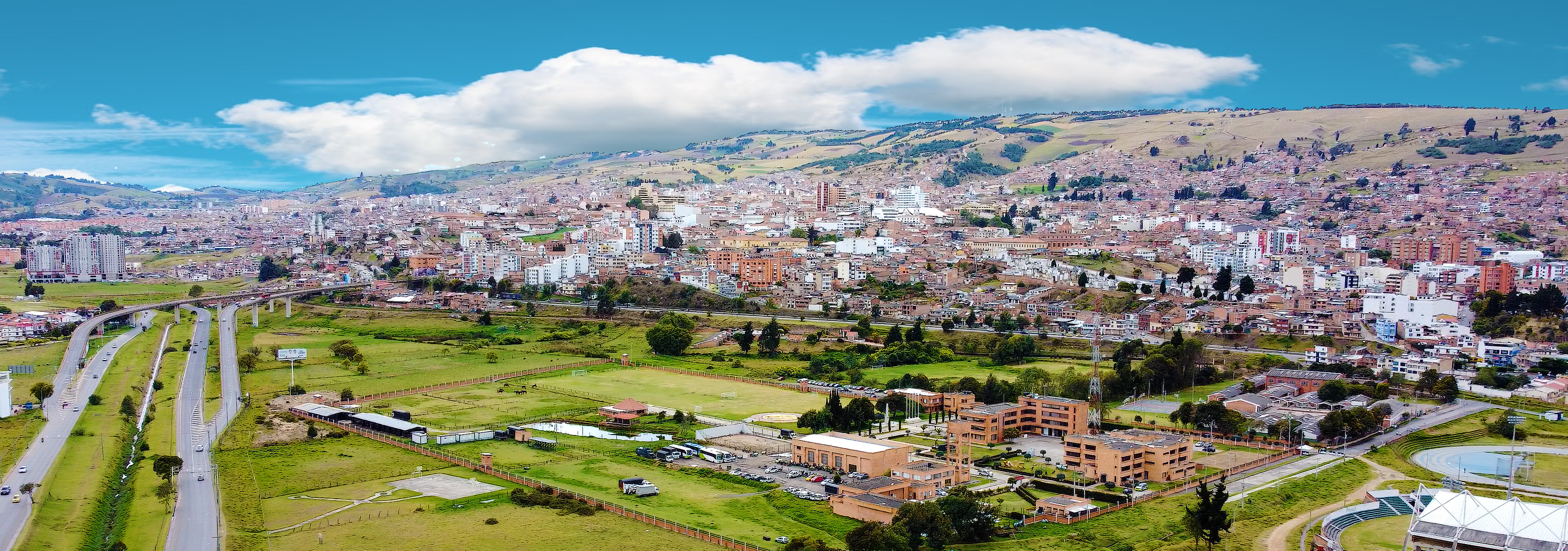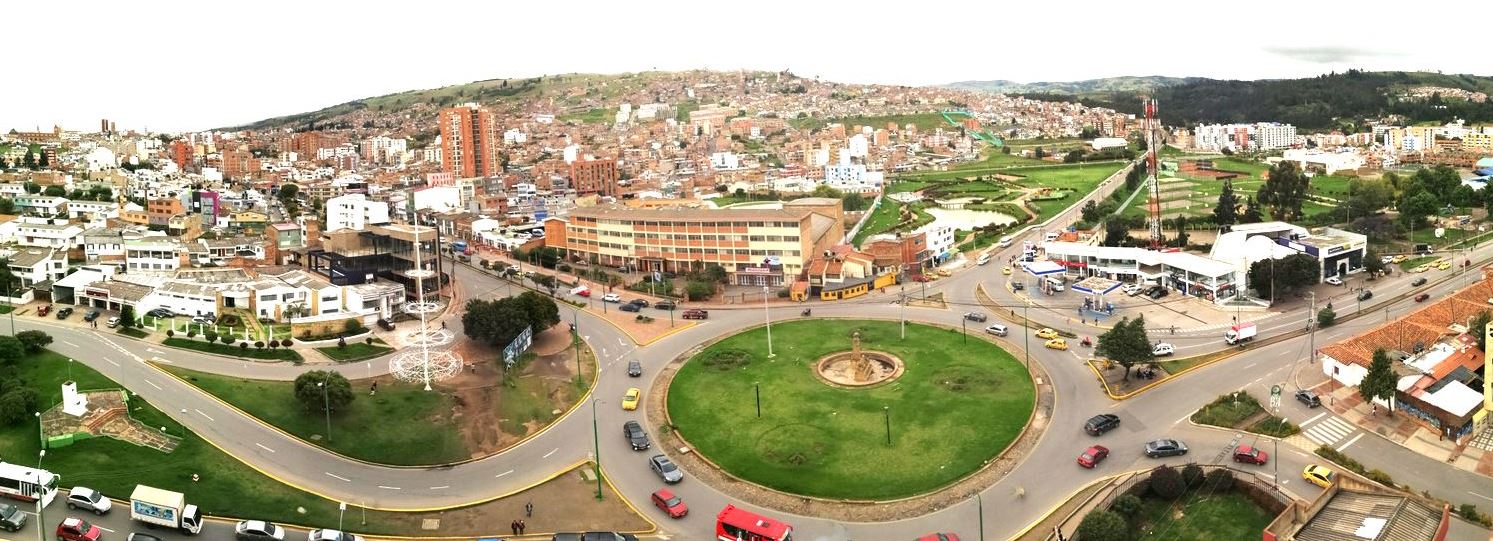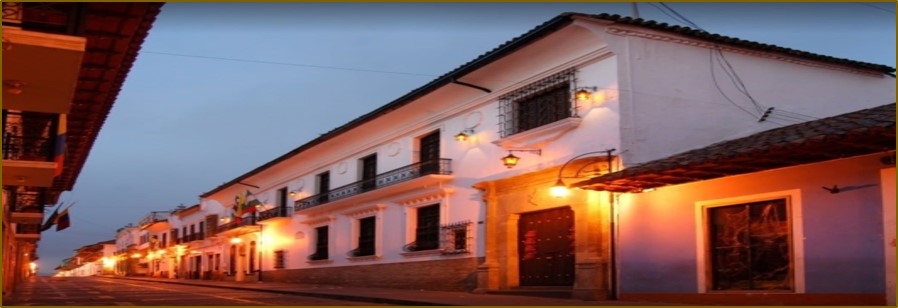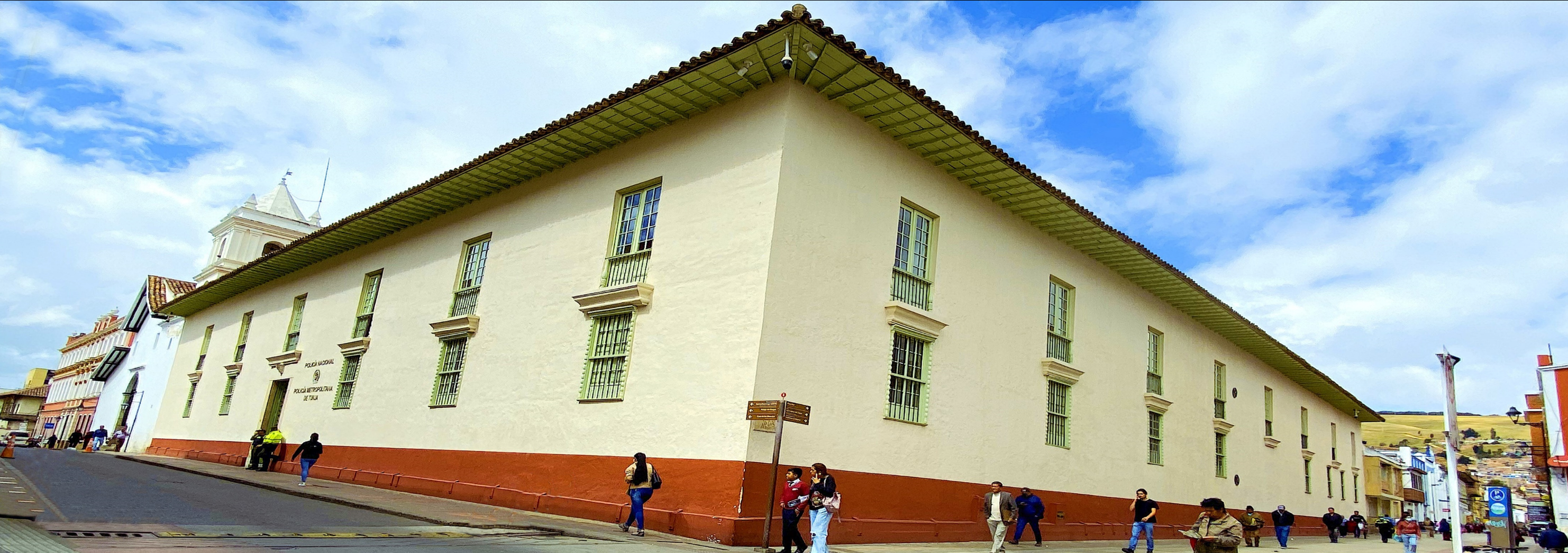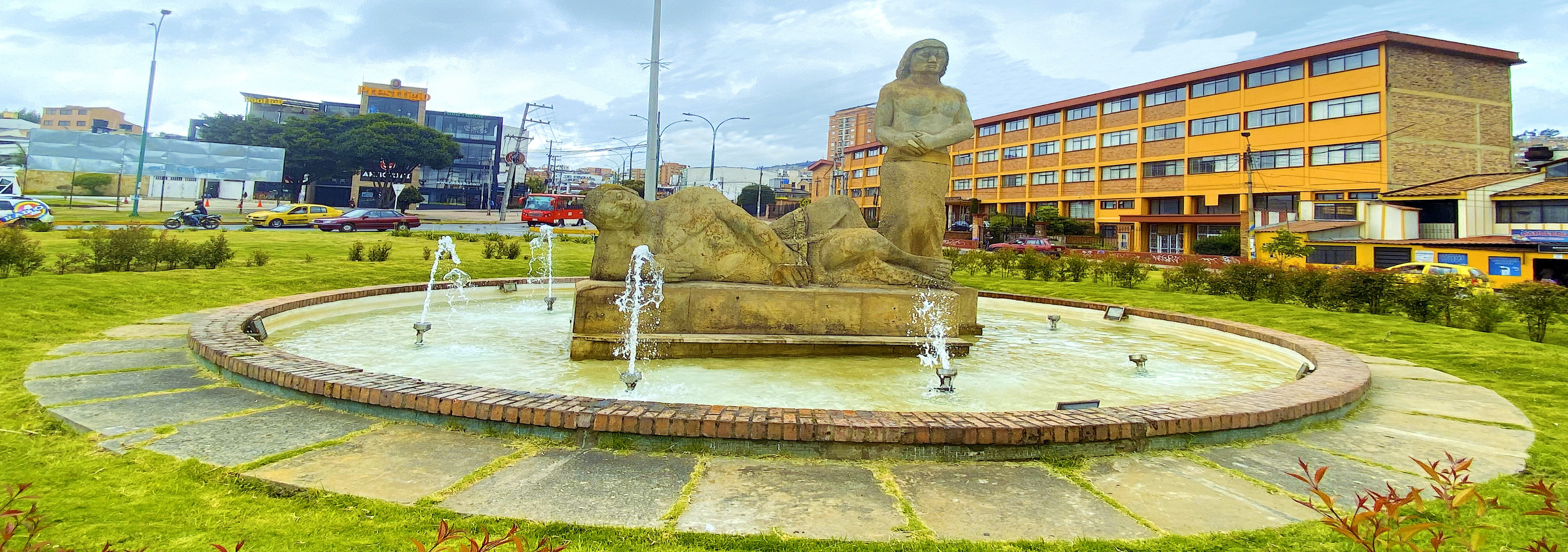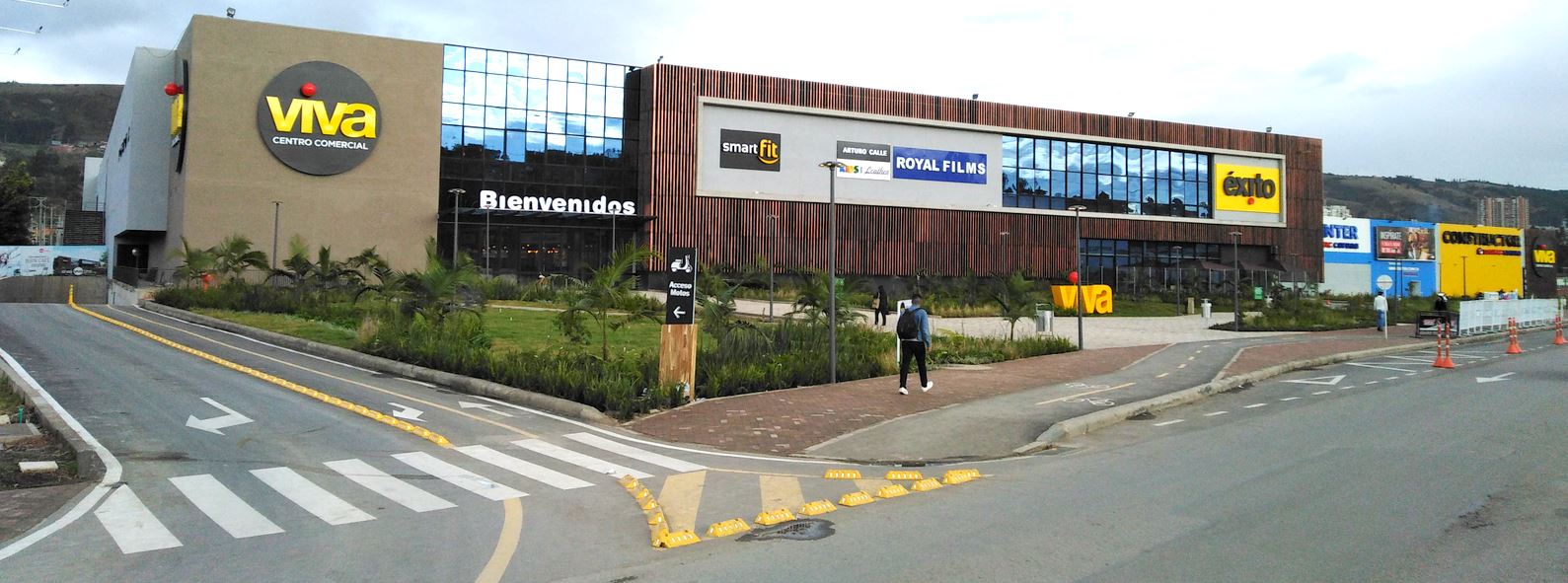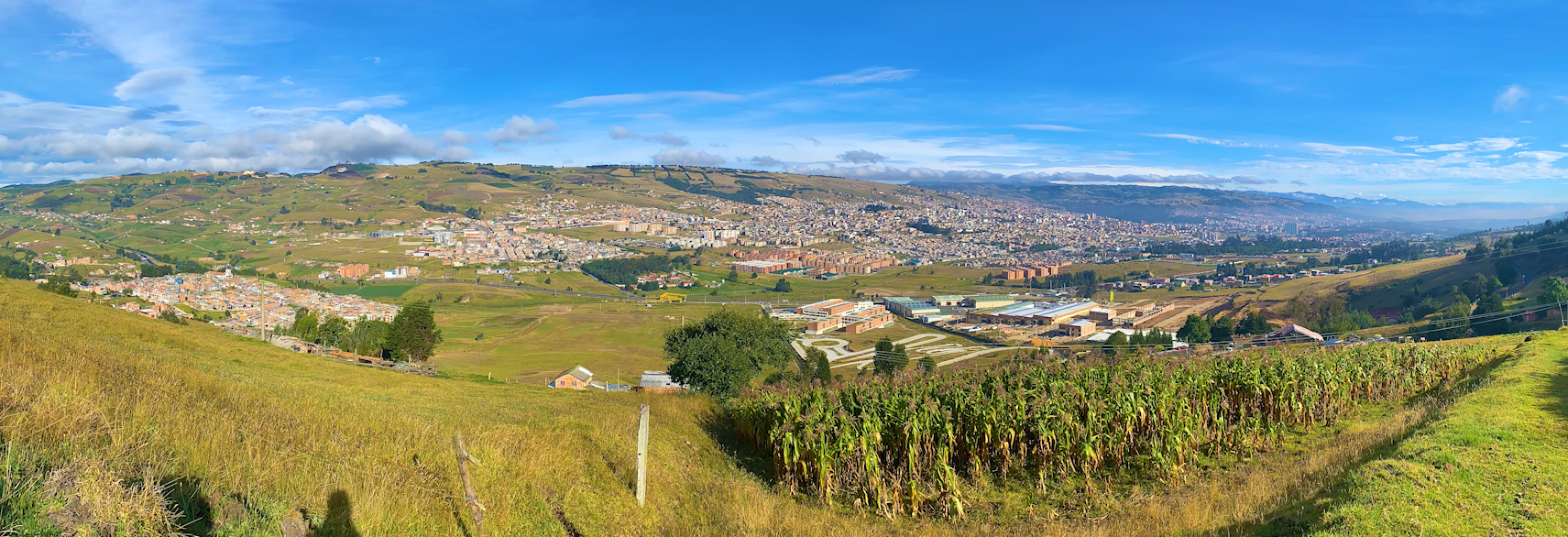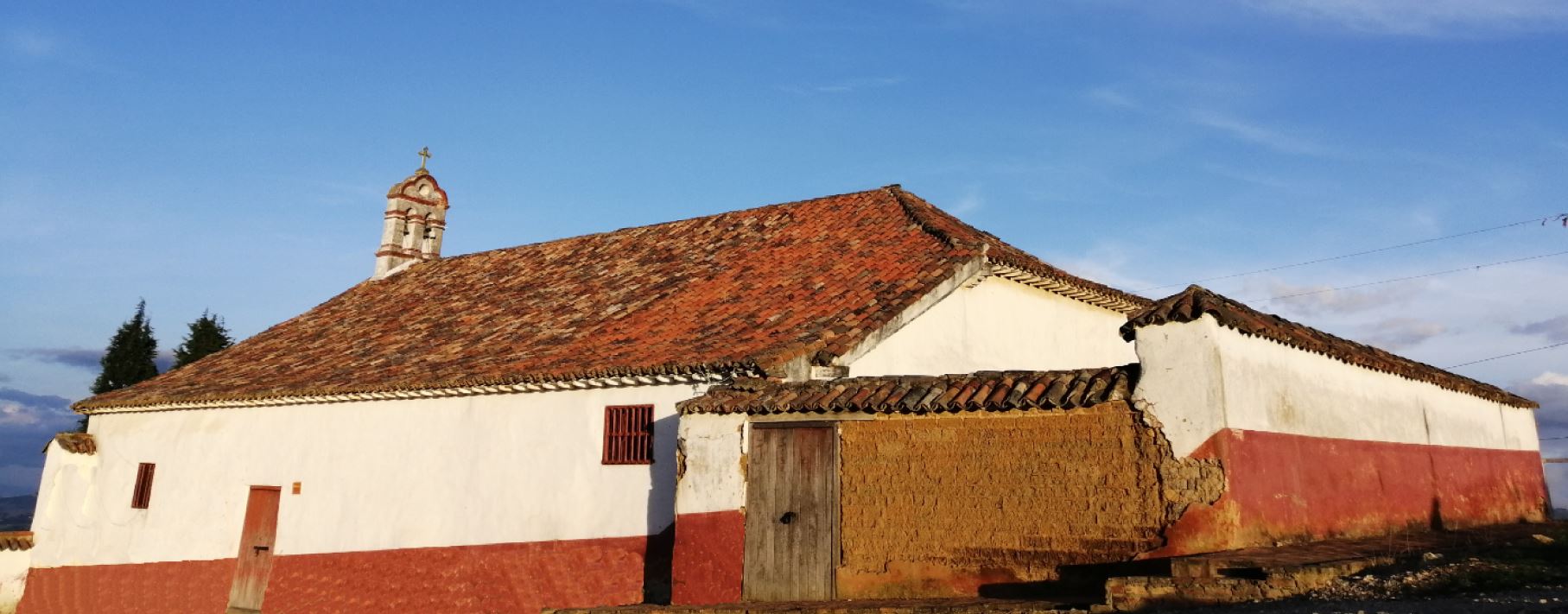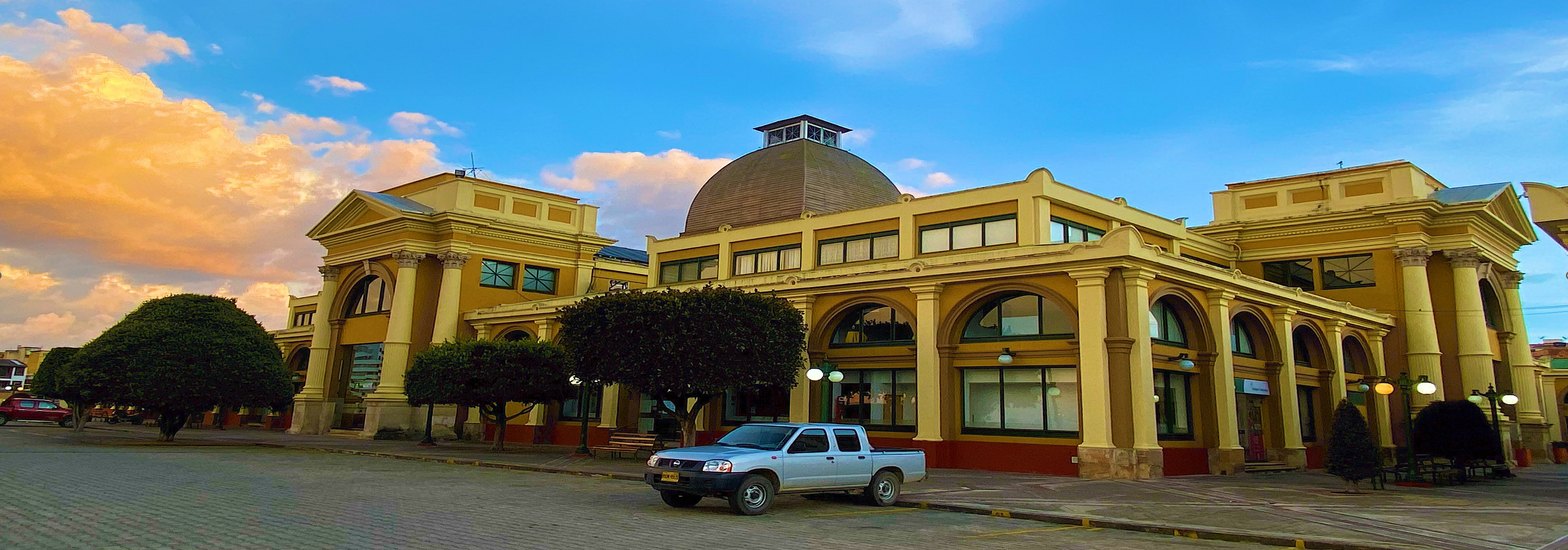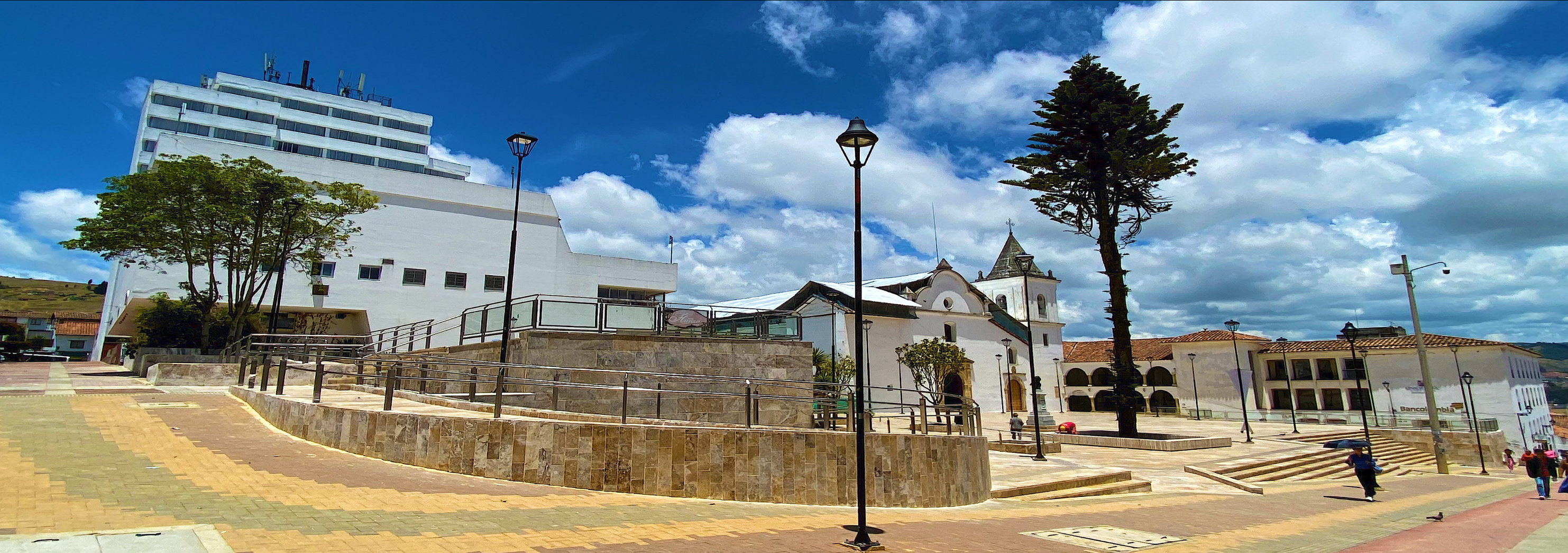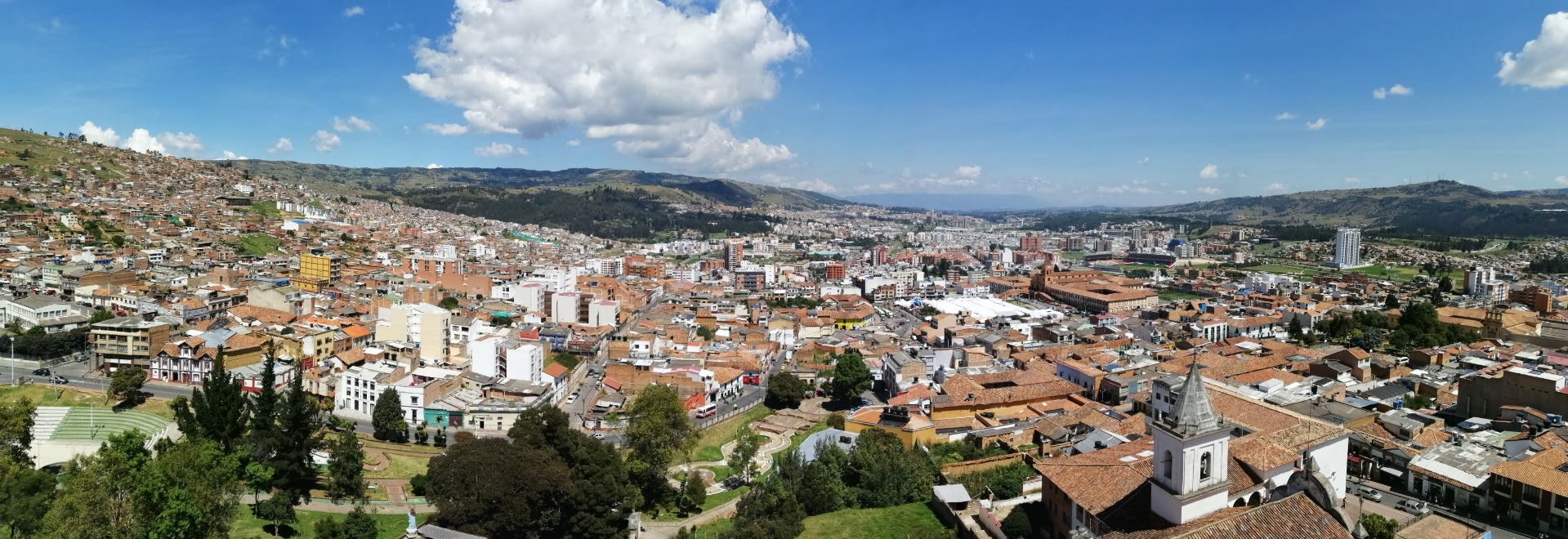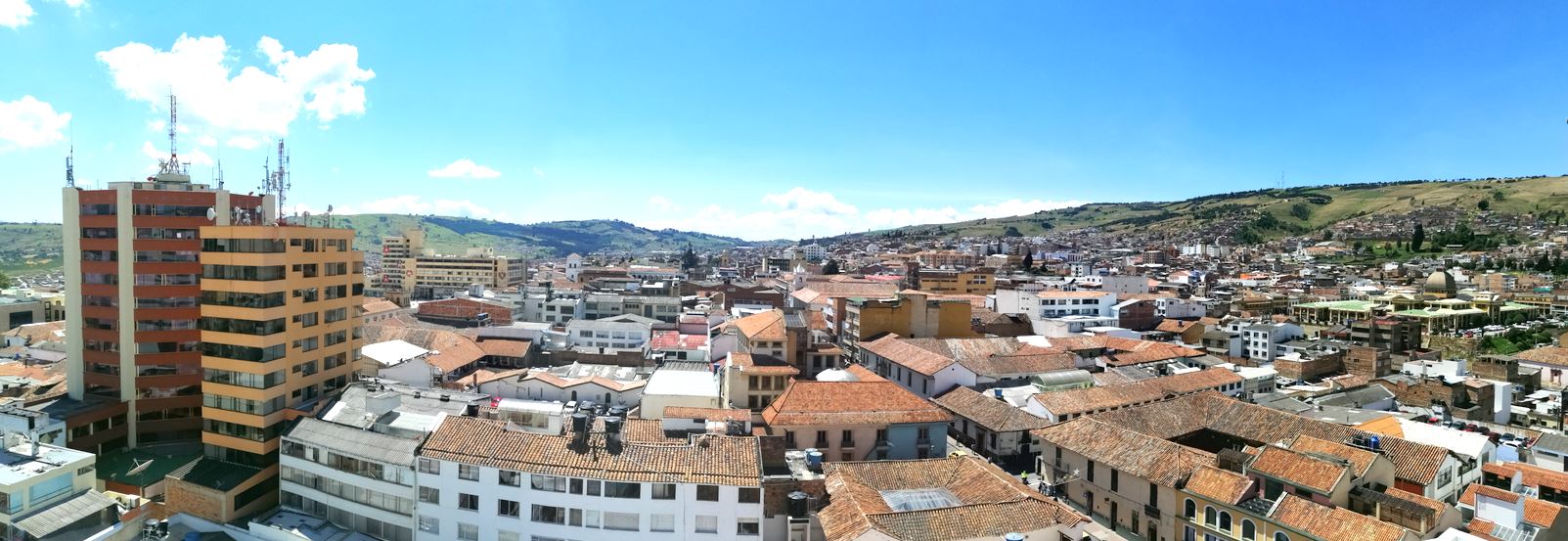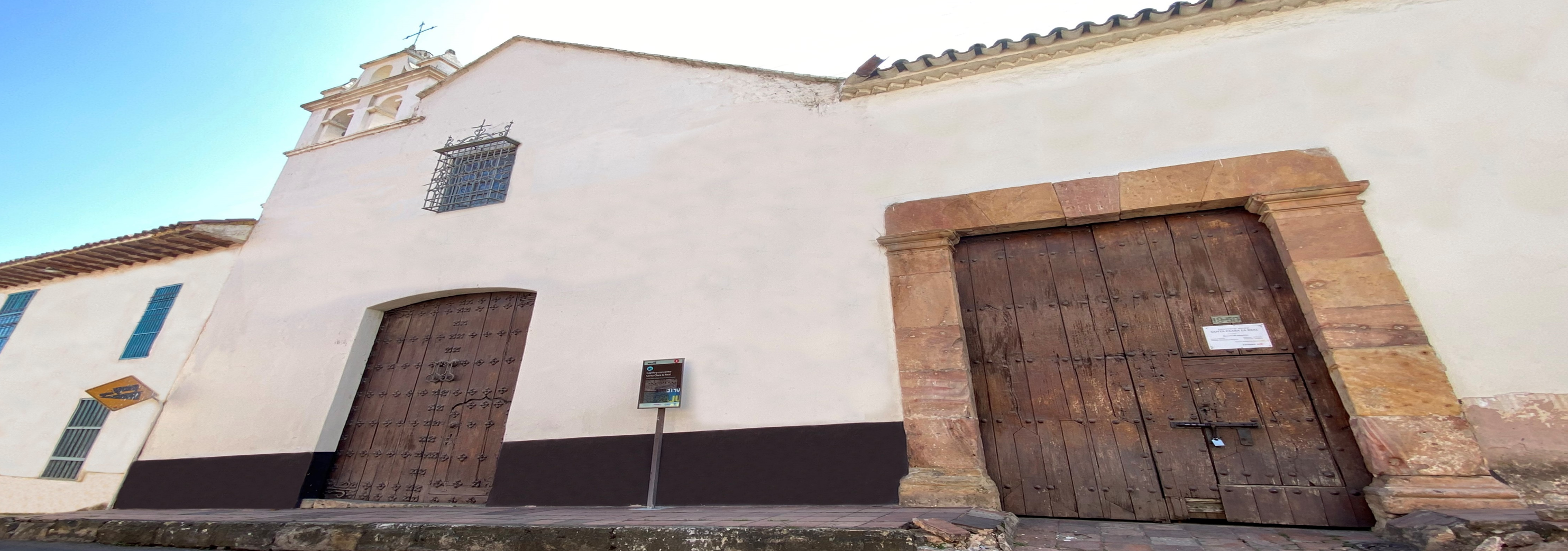Tunja, the historic capital of the department of Boyacá, is a city with a spectacular tourist, historical and cultural offer to discover. Come and discover with us some of the "Hidden Treasures of Tunja"
1. House of the Founder of Tunja Don Gonzálo Suárez Rendón
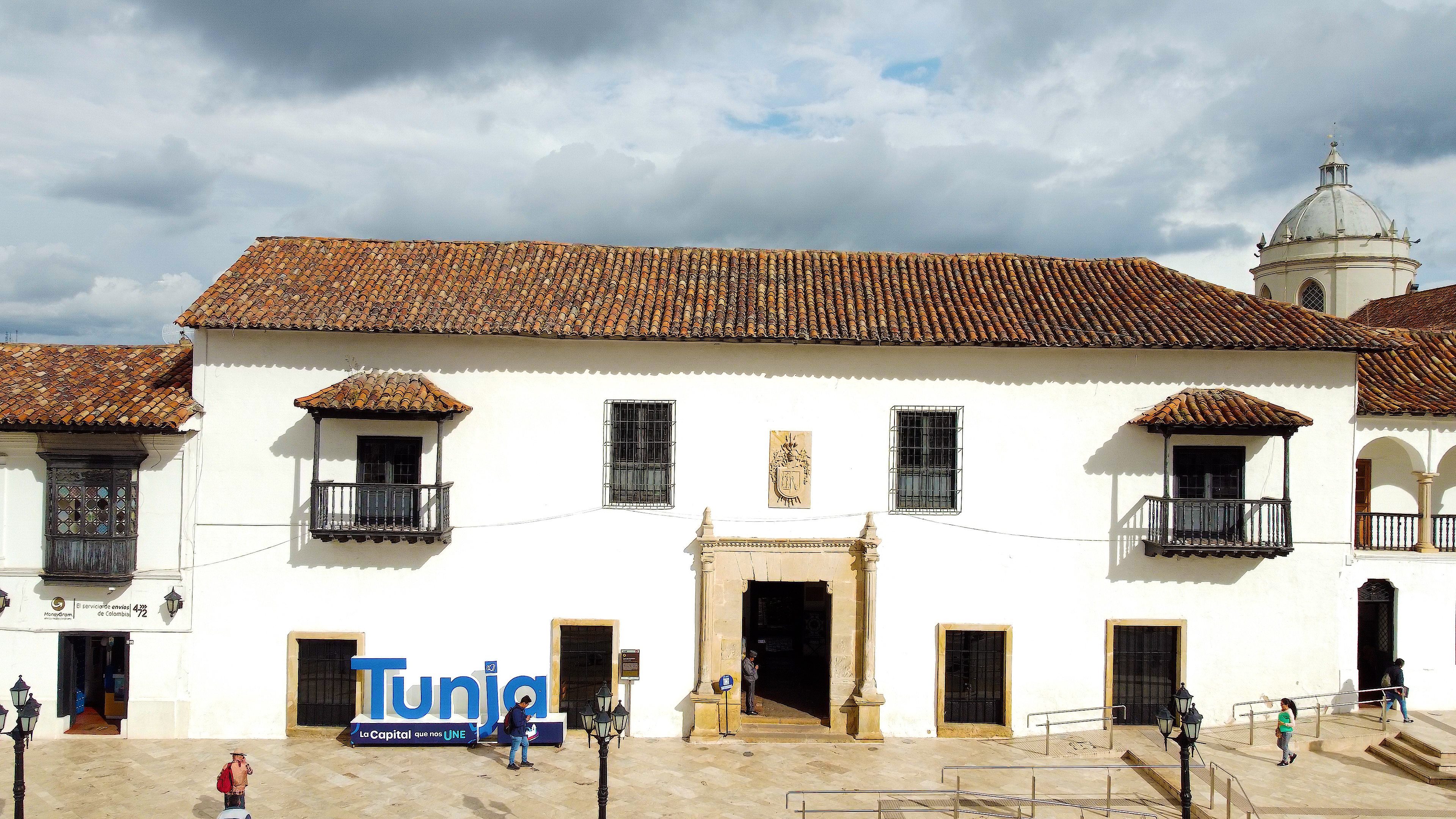
It is the only Founder's House that exists in Latin America, built by himself, where he lived, died and continued as a family residence for his descendants. This colonial mansion was the center of transcendental activities in the centuries of the Colony, and later in independence and the Republic. In this place where there was only a hut, the Tunja Town Council met for the first time, on August 7, 1539 and on August 11, 14, 16 and 18 to discuss the problems of the nascent city. It was built in the middle of the 16th century, with the help of 3,000 indigenous people. The main Spanish people who arrived in Tunja stayed there.

Colonial mansion from the 16th century, two floors with a central courtyard cloistered on two sides, forming an open "ele" with a view over the Tunja Valley. The lower galleries have arches on stone columns and on the upper floor, wooden architraves on more projecting footings that rest on columns with short, fluted shafts. Tempera paintings on plasterboard in the mannerist style.
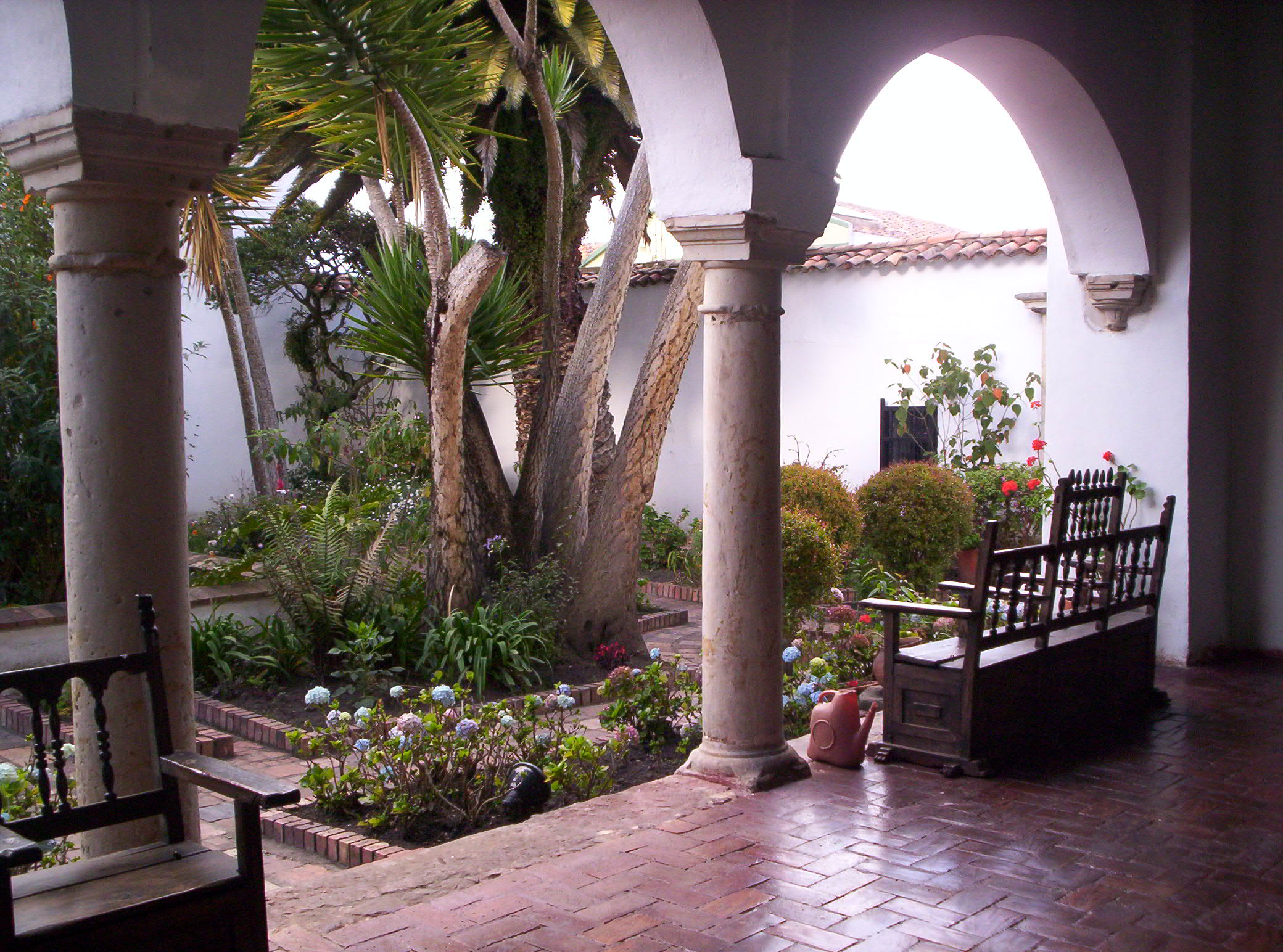
The museum houses Mannerist mural paintings of exotic fauna, the founder's bedroom that is preserved intact after permanent renovation work, knights dressed as lances, the coats of arms of León and Castile, the city of Malaga, and King Charles I. of Spain and that of Philip II.
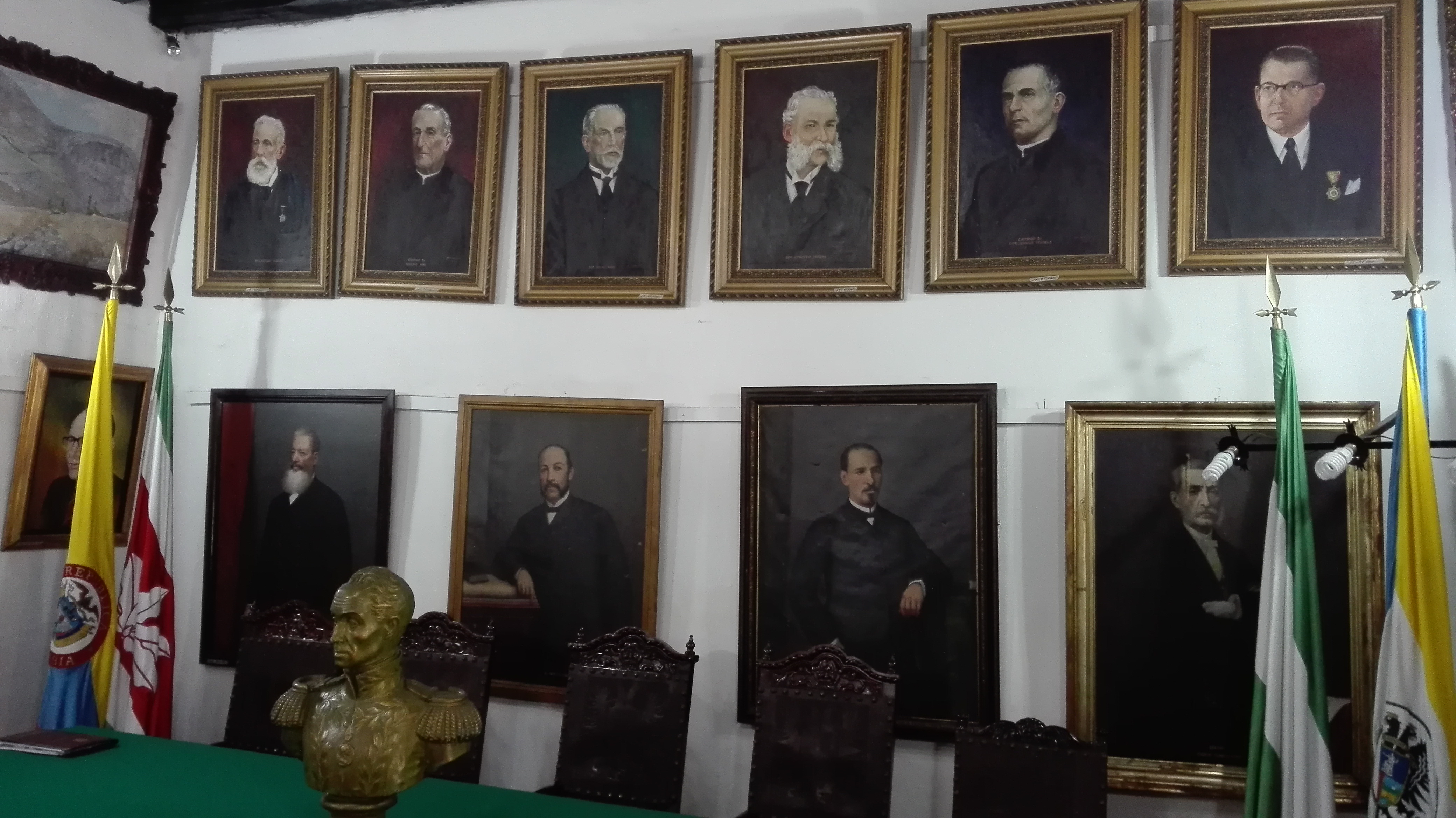
It also houses canvases of the 13 presidents of Boyacá and the liberating feat of the Battle of Boyacá.
2. House of the Notary of Tunja Don Juan De Vargas
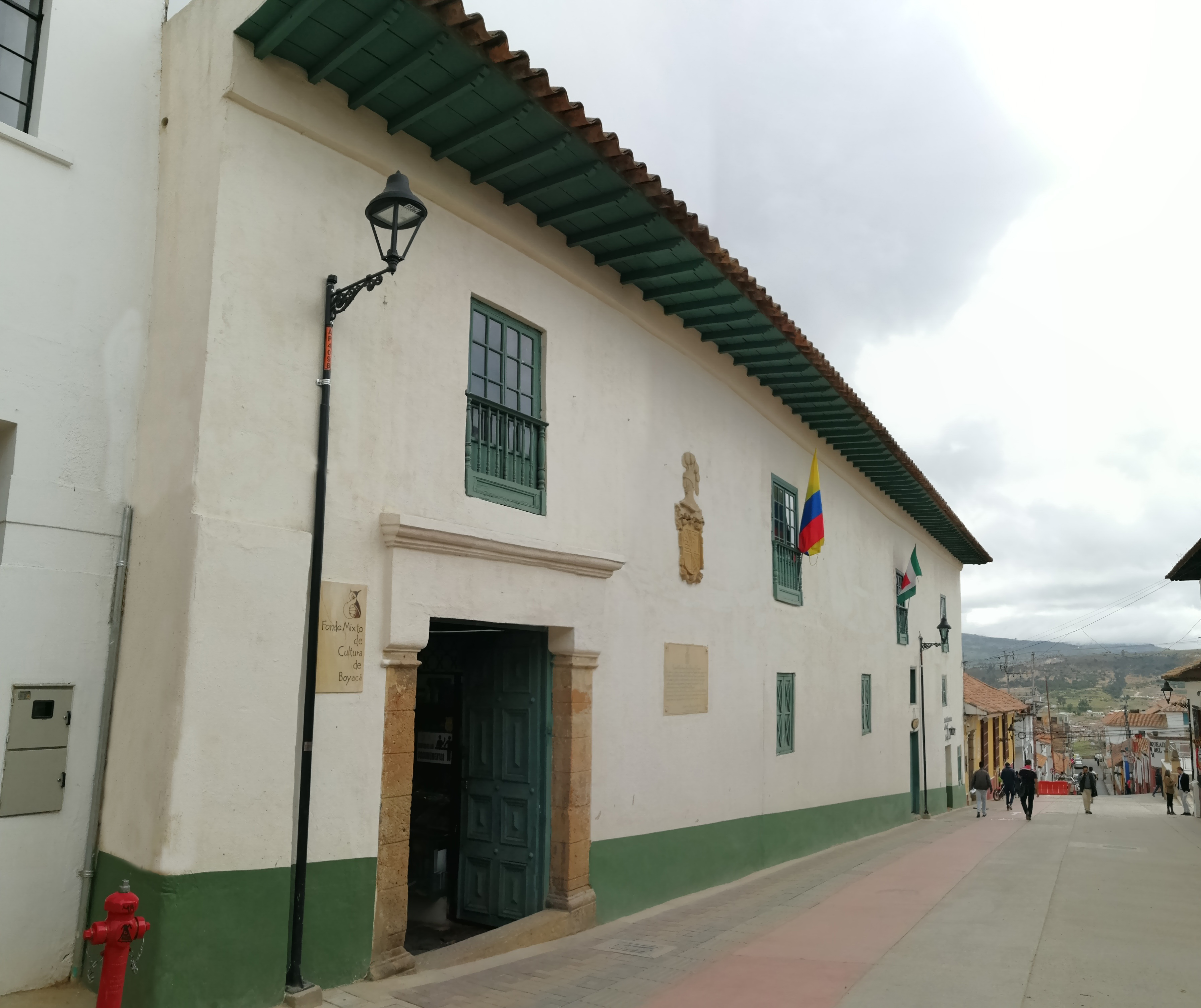
He served as city clerk; and by his order construction began in 1585. Among its main attractions is the main room, whose ceiling was painted around 1590, composed mainly of the Mannerist figures of Jupiter, Diana and Minerva, figures of animals, the Virgin and Jesus.

It has been restored several times in 1952, 1980 and 1987. House of Don Juan de Vargas This beautiful house located in the center of Tunja, whose floor is used as the headquarters of the Colonial Museum, attracts a large part of the international tourism that visits the Capital. Don Juan de Vargas, captain of the conquest and illustrious Spanish knight.
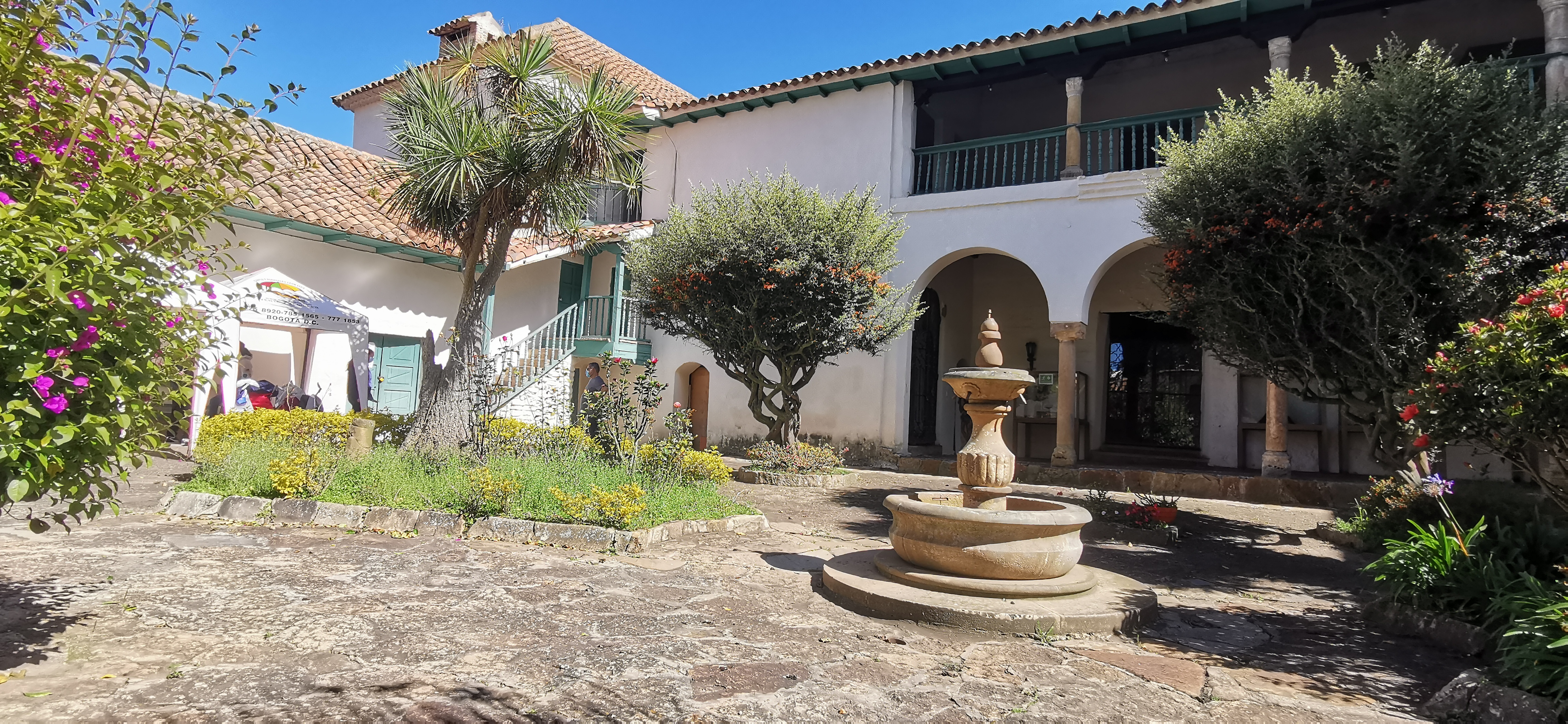
He arrived in the New Kingdom of Granada in 1964 and in 1585 he began his profession as Notary in Tunja, until his last days in 1620. “This house, due to its architectural and pictorial value, is very valuable and historical. One of the attractions of Juan de Vargas' house are its Andalusian-style roofs and garden, with its fountain in the center and the angle with the staircase." Among the main attractions of the house is its main room, whose ceiling was painted at the beginning of the 17th century, the compositions of the three gods: Jupiter, Diana and Minerva, constitute an exact copy of contemporary artists of the time.
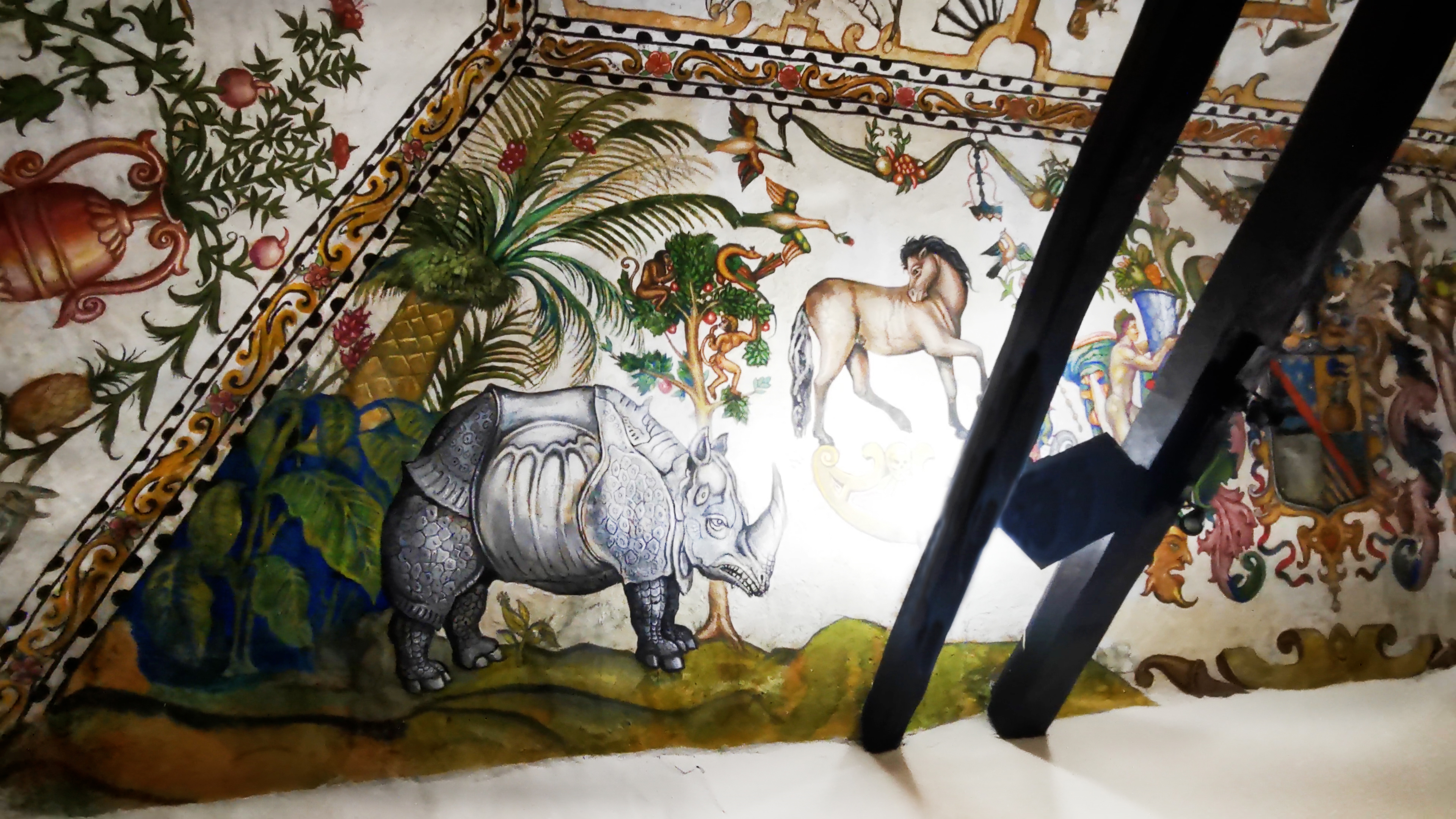
Panels composed mainly of monograms: of Jesus, Mary and Joseph, the shield of Don Juan de Vargas representing the arms of the family surnames, the abundance and offering to this lineage of children as noble and brave as the notary of the time. Among the main attractions of the house is its main room, whose ceiling was painted at the beginning of the 17th century, the compositions of the three gods: Jupiter, Diana and Minerva, constitute an exact copy of contemporary artists of the time.
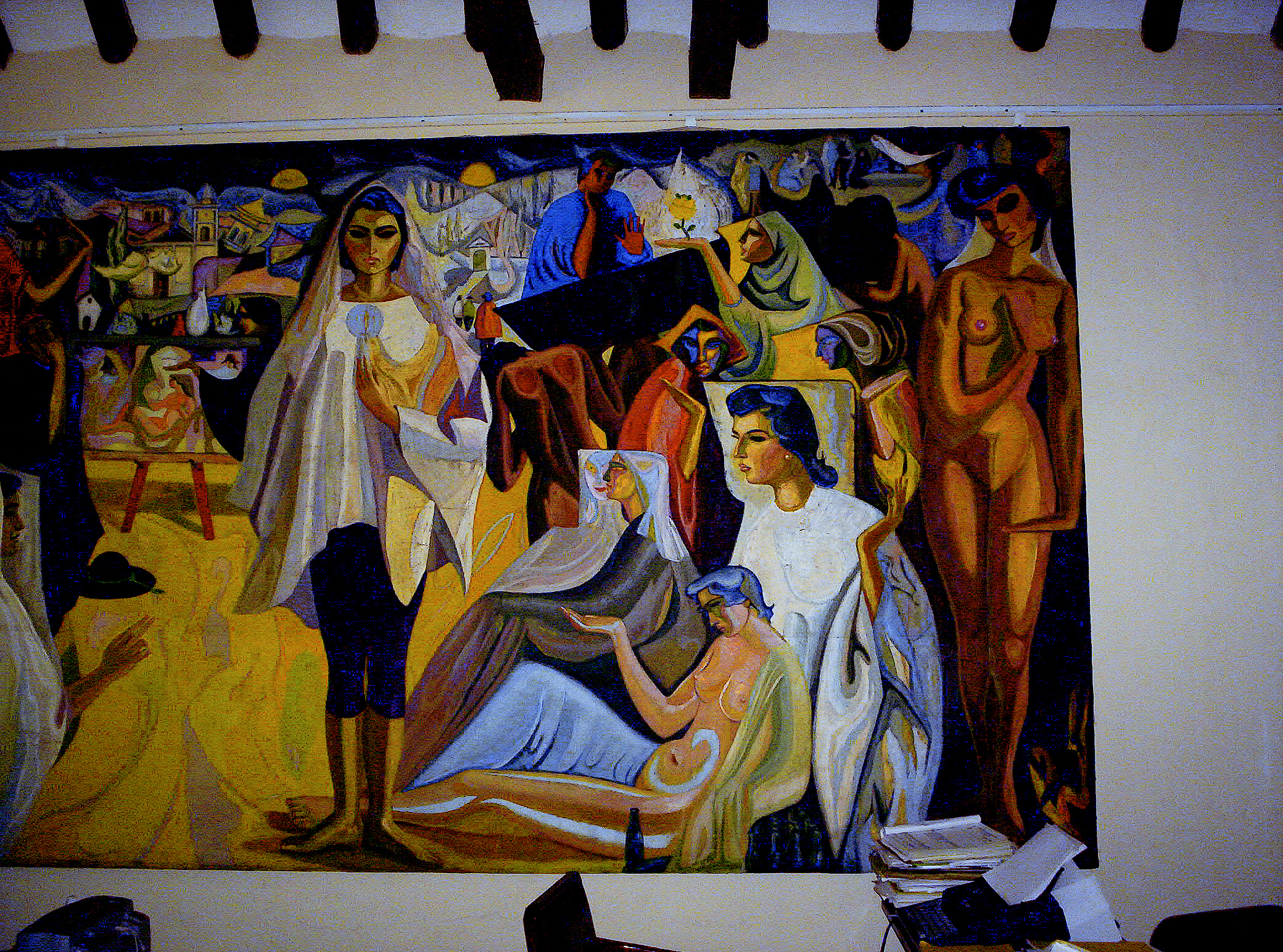
Panels composed mainly of monograms: of Jesus, Mary and Joseph, the shield of Don Juan de Vargas representing the arms of the family surnames, the abundance and offering to this lineage of children as noble and brave as the notary of the time. Monument of the cultural heritage of the Nation, considered one of the most important architectural jewels of our country, built at the end of the 16th century and recognized internationally for having the best mural paintings in Latin America on its roofs.
3. House of the Holguíns - Boyacá Club
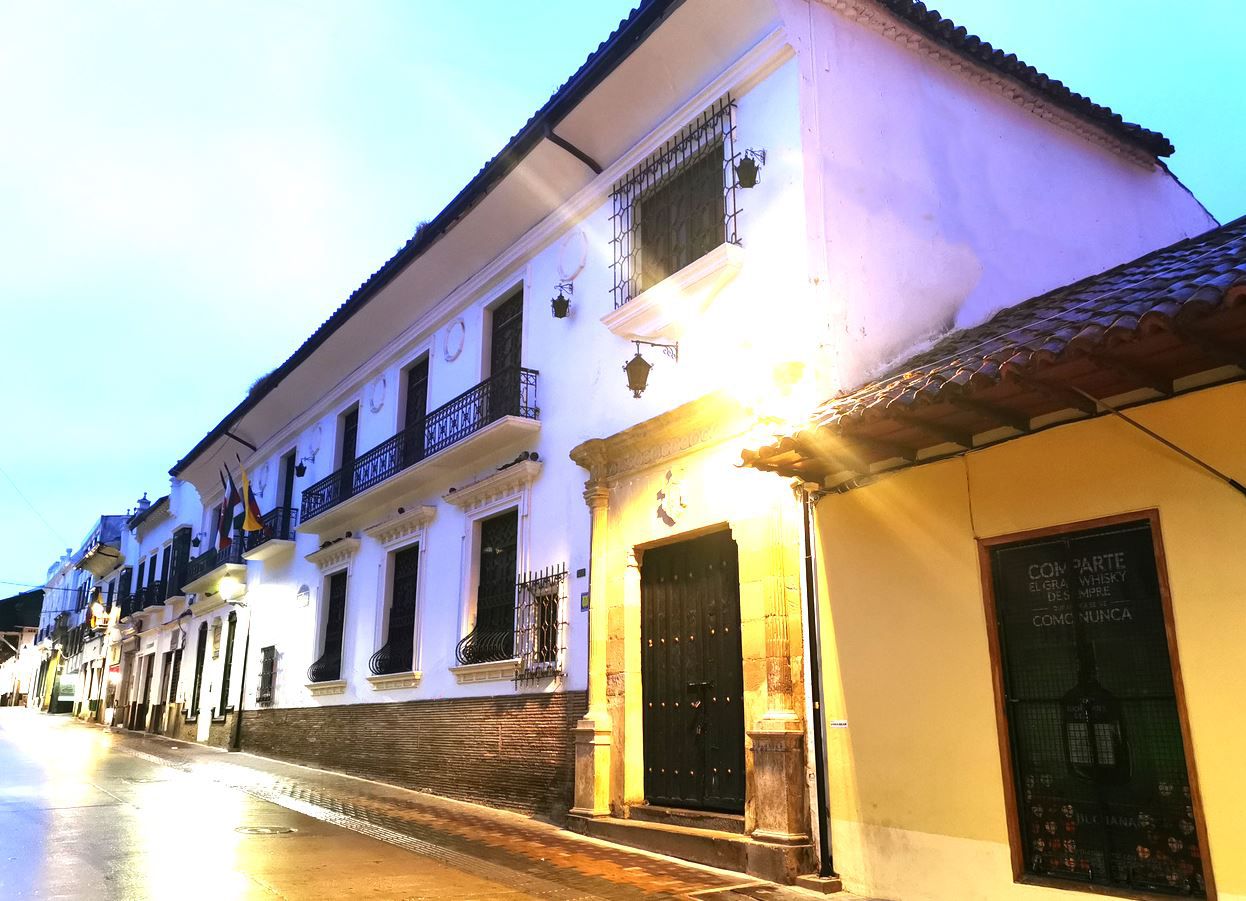
Mansion whose construction was ordered by Don Diego Holguín Maldonado, son of the Spanish conqueror Don Miguel Holguín de Figueroa, a soldier belonging to a family of noblemen with a remote Gallic origin, who was born in Villa de Alcántara in Extremadura in the kingdoms of Spain. Don Miguel arrived in America on the expedition of the conquistador General Nicolás de Federmán, entering through the city of Coro (Venezuela), joining the first settlers of Tunja who were part of the group of “Conquistadors” who arrived in the first half of the century XVI. Don Juan de Castellanos, chronicler and priest who benefited from the church of Santiago el Mayor of Tunja, wrote: “And these men are very important in this new kingdom of Granada, like Miguel Holguín, in whom virtue, courage and bravery are seen today.”
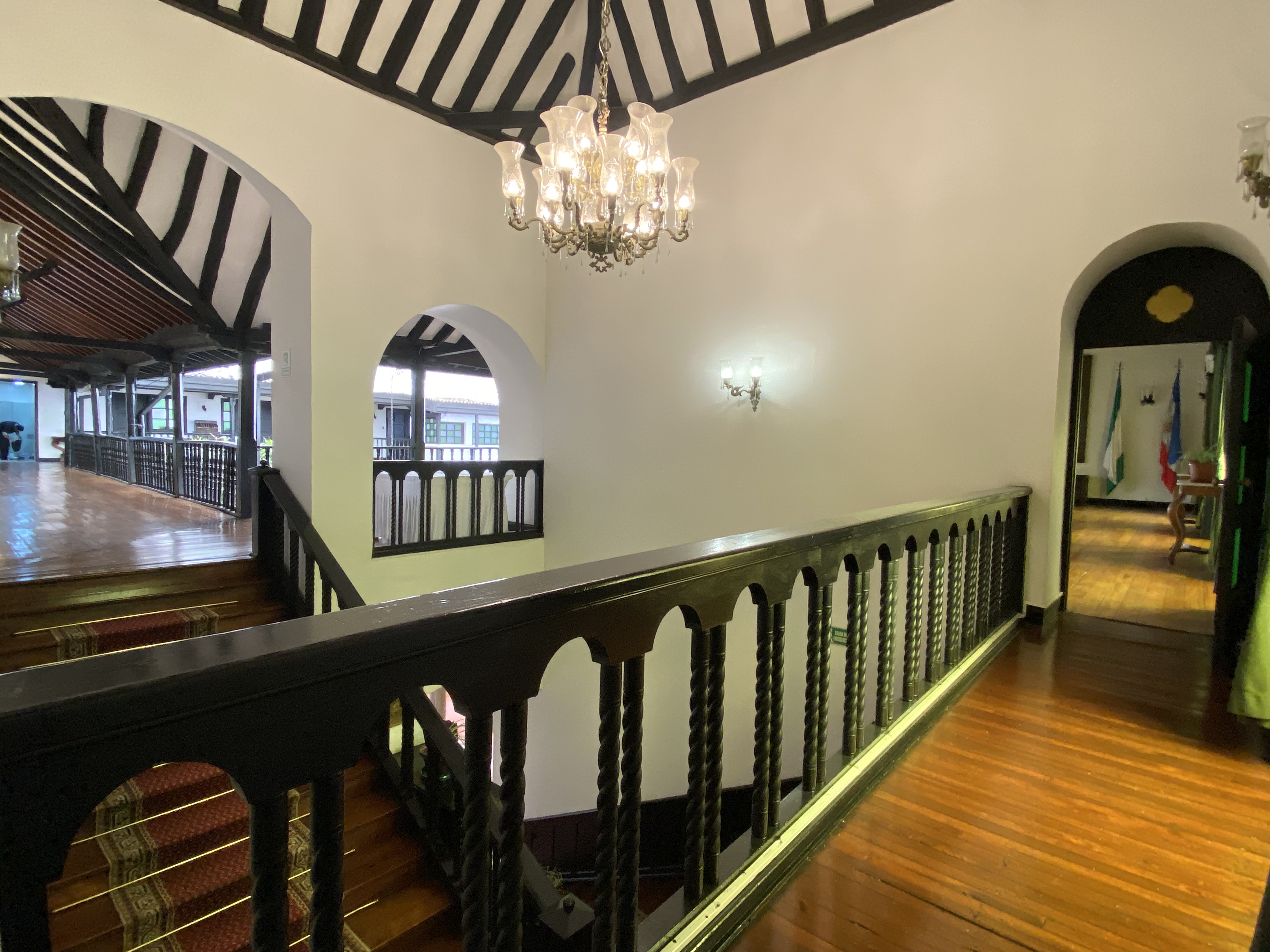
The two-story mansion was built by Don Diego Holguín Maldonado de Figueroa y Bohórquez, in the second half of the 16th century. The residence was built in the style of Castilian and Andalusian architecture, the construction of which consists of two L-shaped bays, forming large galleries of lintel cloisters, with supports made up of slender Tuscan columns carved in stone on the first floor. and wooden columns called right feet on the second floor. It has a large hall on the south side, resulting from the integration of four spacious rooms joined by large semicircular arches, whose roofs are visible, exhibiting the classic.
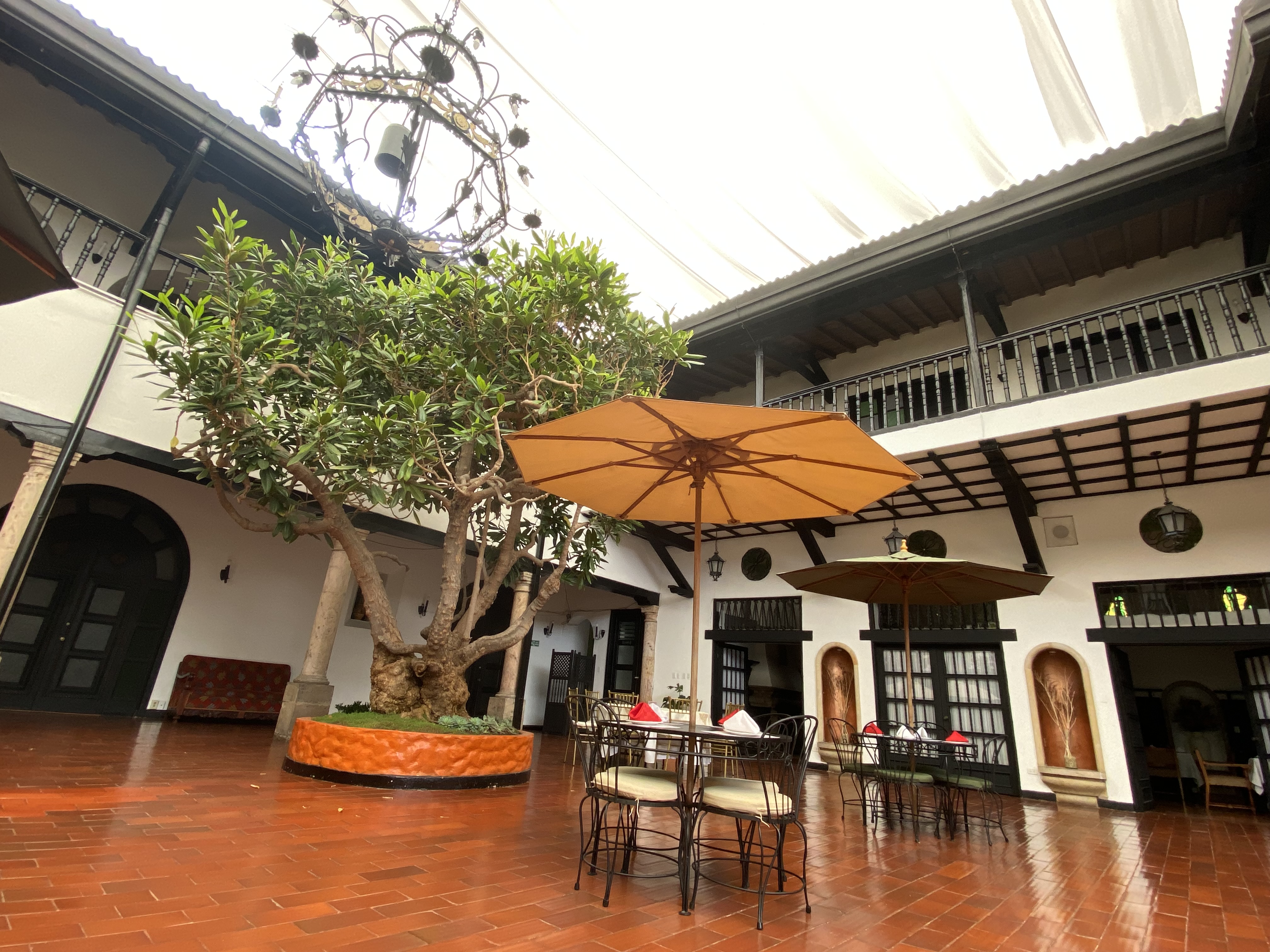
Pair and knuckle style, corresponding to the famous Mudejar personality of the “white carpentry”: the enclosure is called the hall of mirrors, since they are in the 18th century Rococo style of French origin, whose frames and consoles are ornamented in plasterwork and gold leaf forming tall garlands that frame motifs containing fauna and flora of European and American origin. In addition, medallions with female figures are staked. Likewise, the oil paintings that decorate the room are part of the Club's art gallery with works by prominent painters: Rafael Tavera. Jesús María Zamora, Dolcey Vergara Delgado and Martínez Rivera, among others.
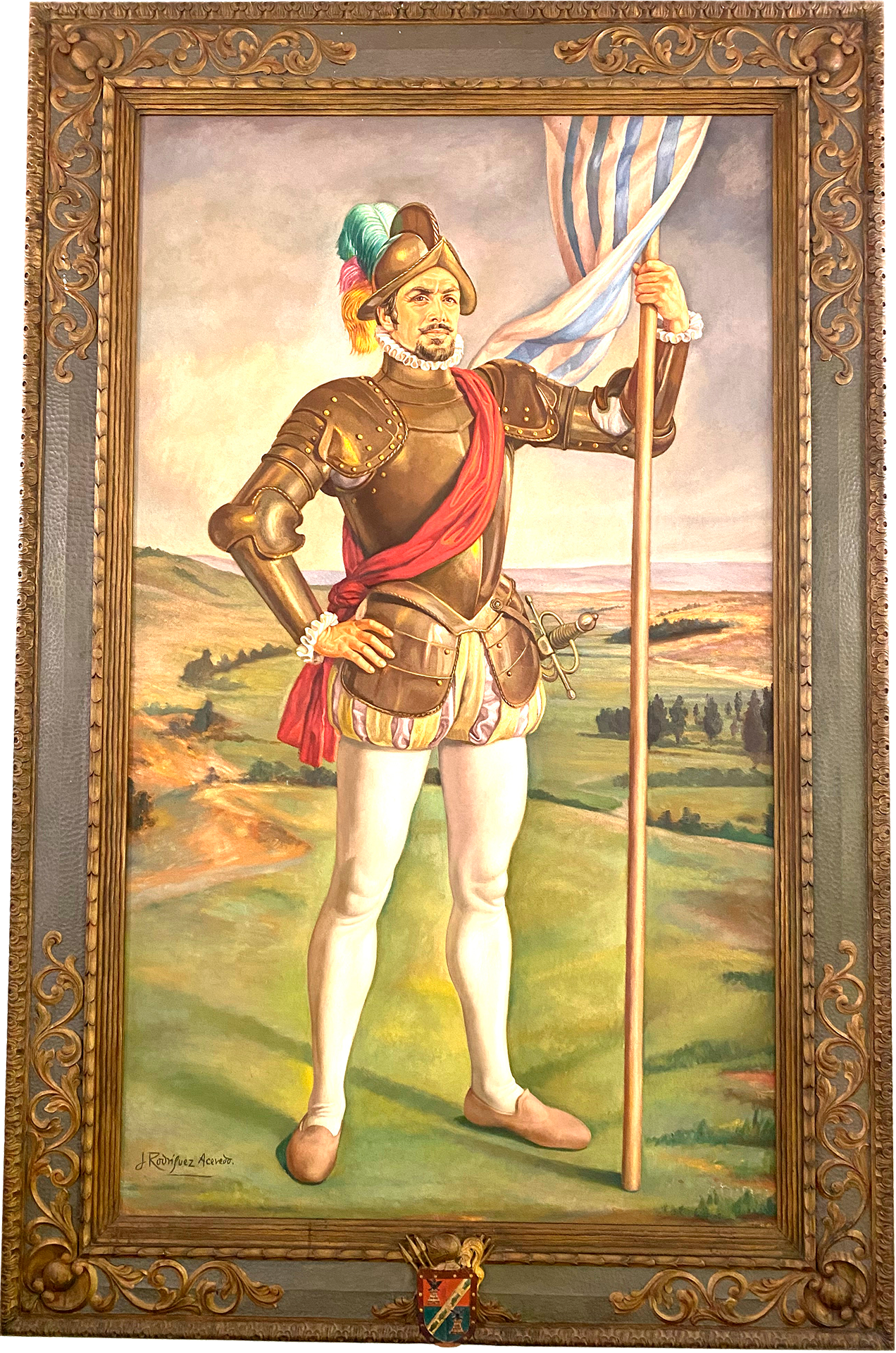
On the eastern side, a large hall called the Founder's room occupies the entire front on the street, composed of several rectangular ones that allow access to large balconies, whose railings are made up of wrought iron carpentry. Likewise, the roofs were made of wood in the second half of the previous century, imitating the Mudejar geometric shapes that the coffered ceilings of the Tunjano colonial temples display; In the previous room, there is a large oil painting of the sun with the figure of the Founder Don Gonzalo Rendón, the work of the Tunjano painter José Rodríguez Acevedo and which has become an image of historical identification of the city. In front of the L-shaped cloister on the first floor, immersed in an eastern bay, there is a Games Room, and in the one on the south side, the bar.
4. Santa Clara La Real Museum And Convent
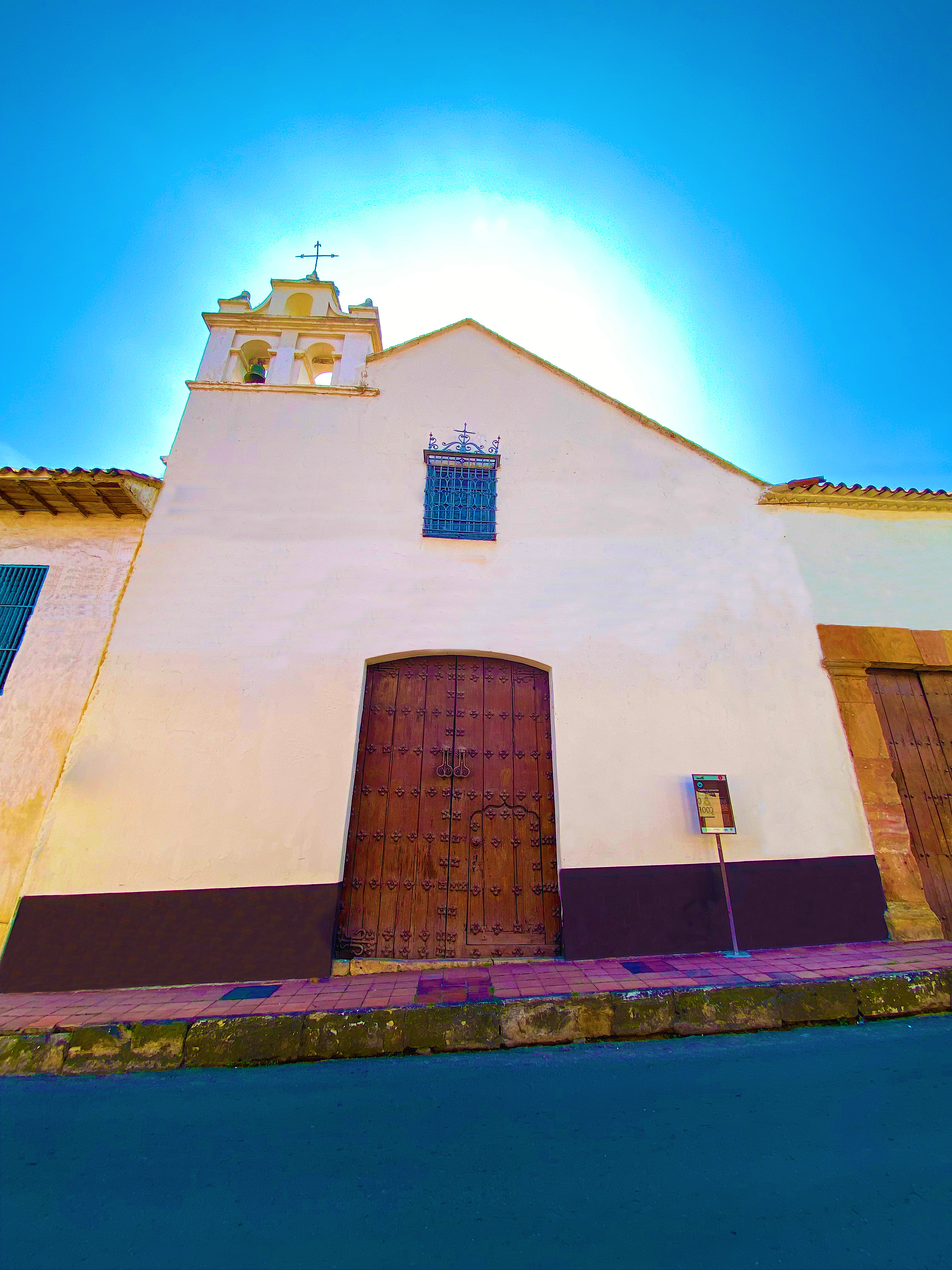
This Seville style cloister was the first convent for nuns established in Colombia in 1571. It housed the cell and holds the tomb of nun and poetess Sister Josefa Del Castillo y Guevara who lived in this convent 53 years; she held the title of Abess three times during the 18th Century.
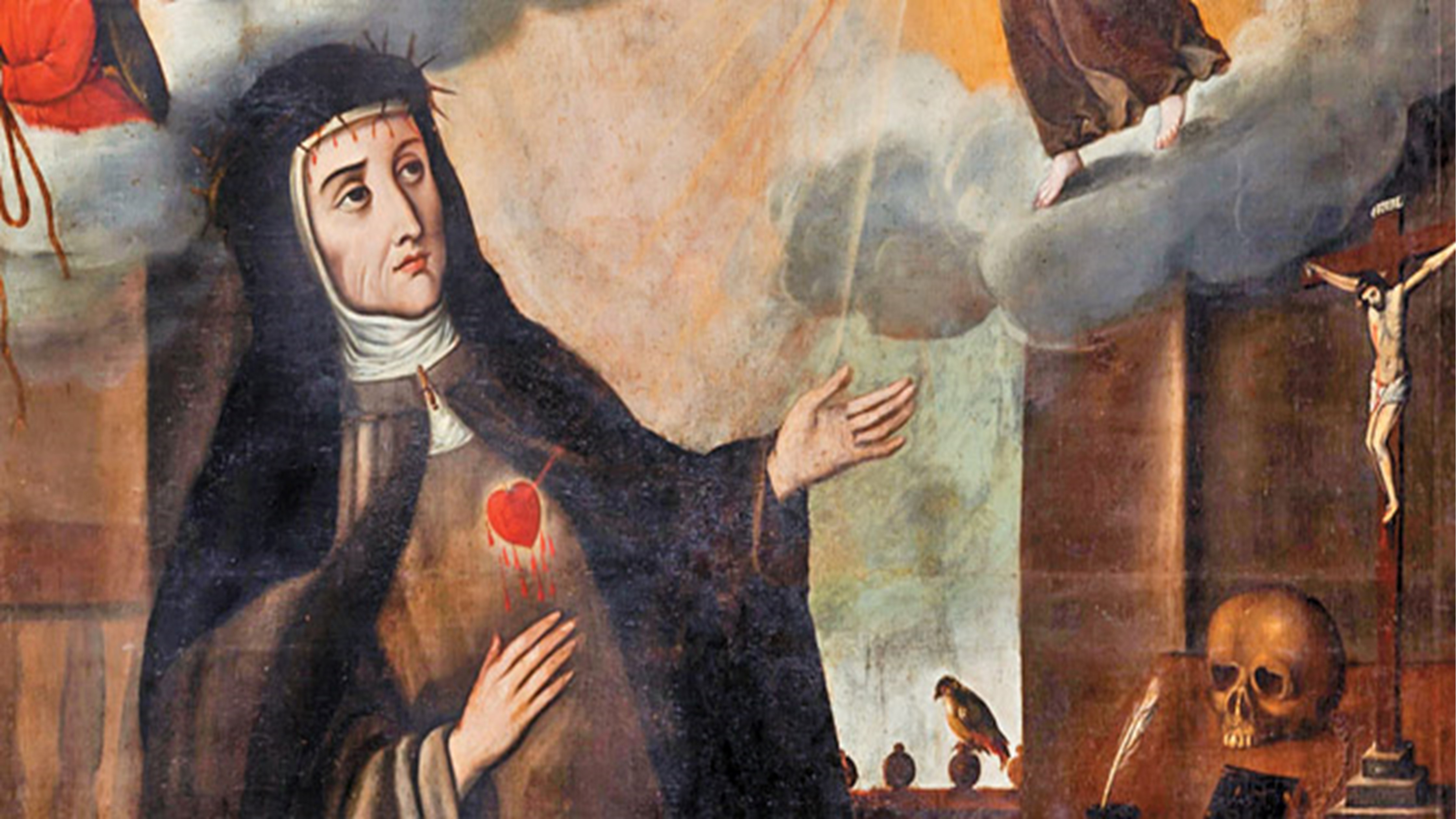
After the decree on the privatization of assets in dead hands belonging to the Church, the site was used as a Charity Hospital from 1863 to 1952. It currently houses the workshop school Escuela Taller De Boyacá that is restoring the cloister.
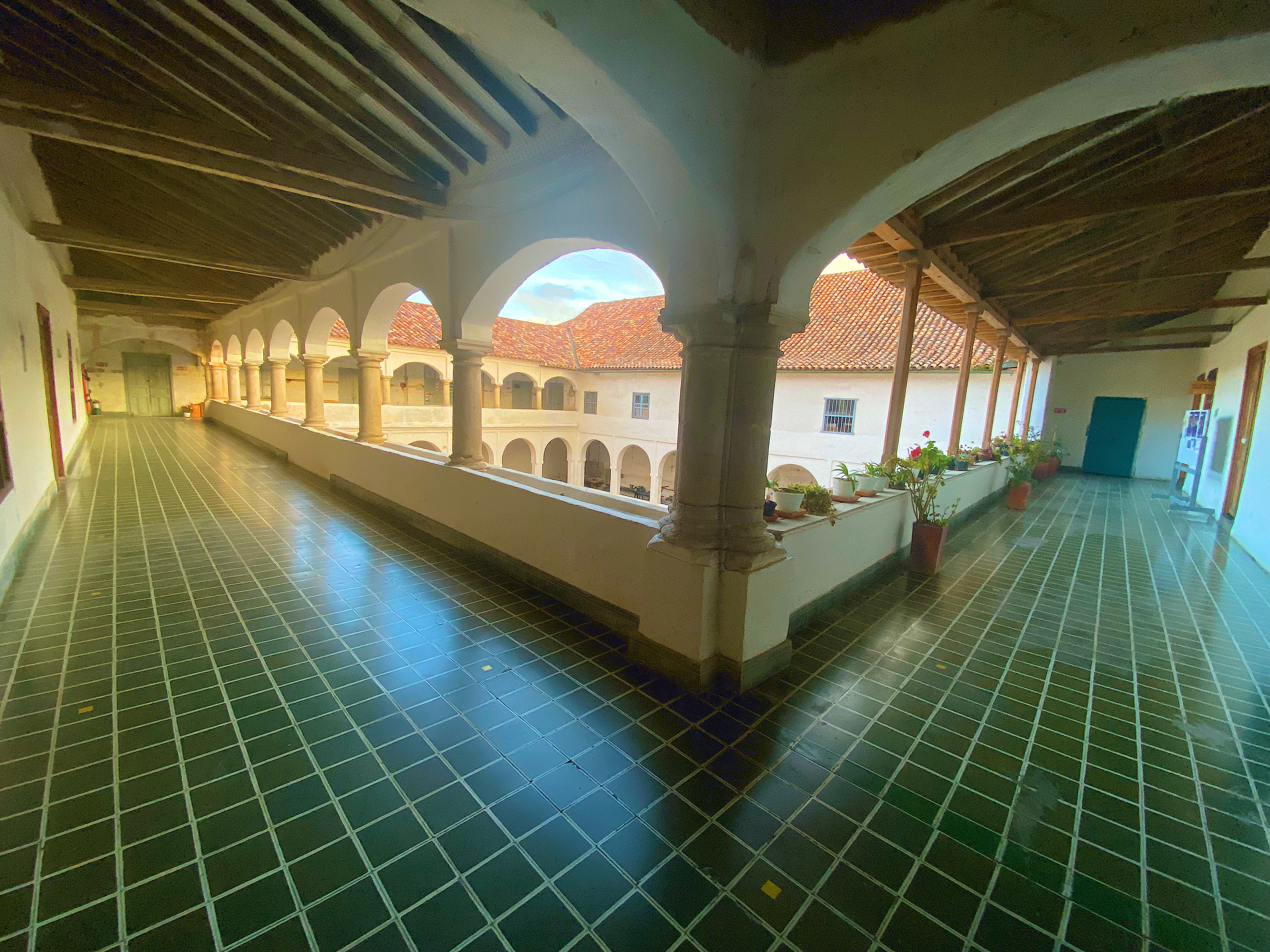
The richly ornate one-nave church has a pointed arch. It boasts the copies of the most famous paintings in the city, has beautiful Mudejar style framework, and several six-winged Seraphim heads stand out in the chancel.

4. Ruiz Mancipe House - Granahorrar Shopping Center
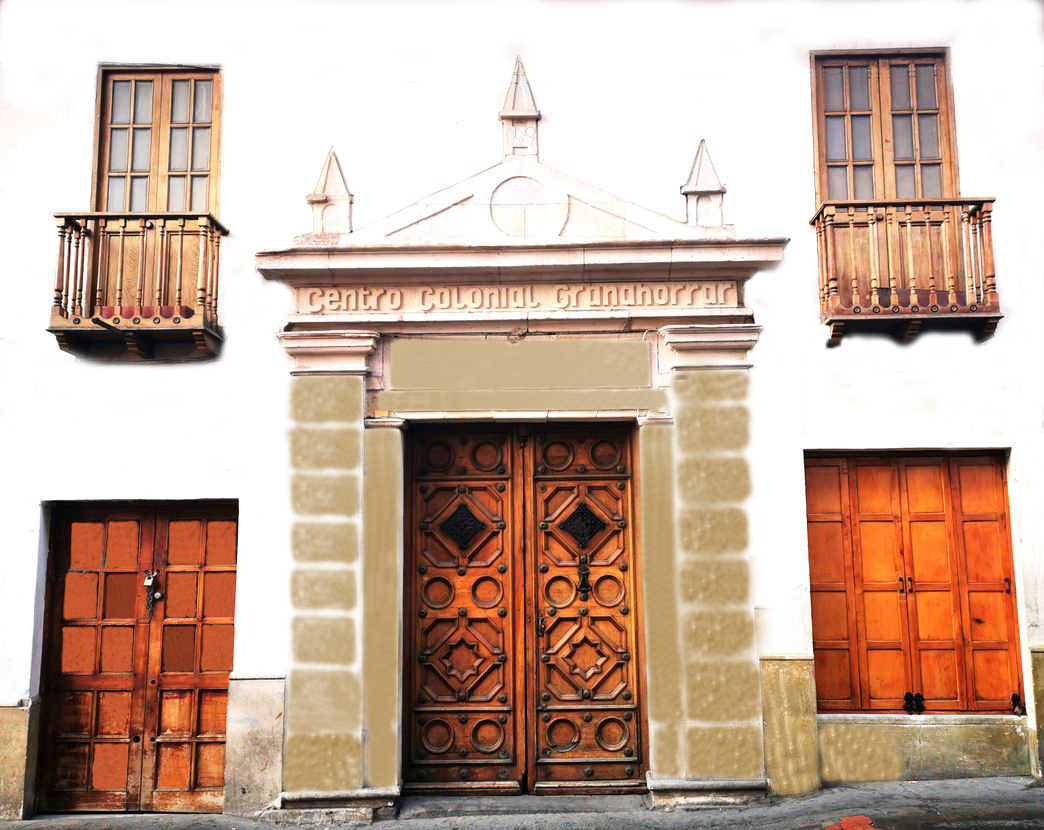
In one of the most beautiful colonial mansions, built in Tunja at the end of the 16th century, the Ruiz Mancipe House, is a typical of the Baroque style that was imposed in the colonial era in Spanish-American civil architecture, characterized by the mixture of styles, where we find elements from Herrerian, Plateresque, Mudejar, Proto-Renaissance and others. The house belonged to Captain Antonio Ruíz Mancipe, who was Mayor of Tunja in the years 1591, 1601 and 1606. There is the date 1597 at the top of the beautiful stone doorway, which marks the completion of the construction of this beautiful house colonial style.
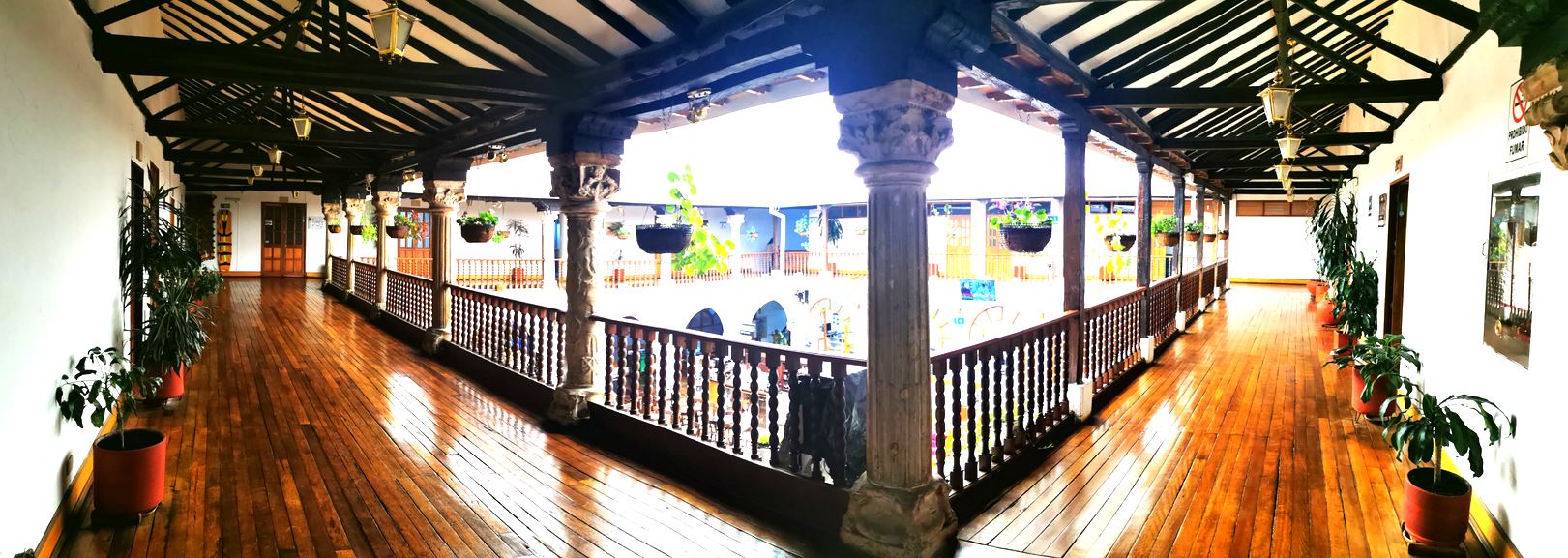
The Ruiz family arrived in the New Kingdom of Granada on the Expedition of the conquering Host of Mr. Gonzalo Jiménez de Quesada. This family was of Andalusian origin. Don Pedro Ruiz Herrezuelos, a native of Córdoba, accompanied Captain Gonzalo Suárez Rendón in the founding of Tunja, where he settled and received a plot of land for the construction of his residence; act by which the Commandery of Panqueba and Cuscaneba was handed over to him.
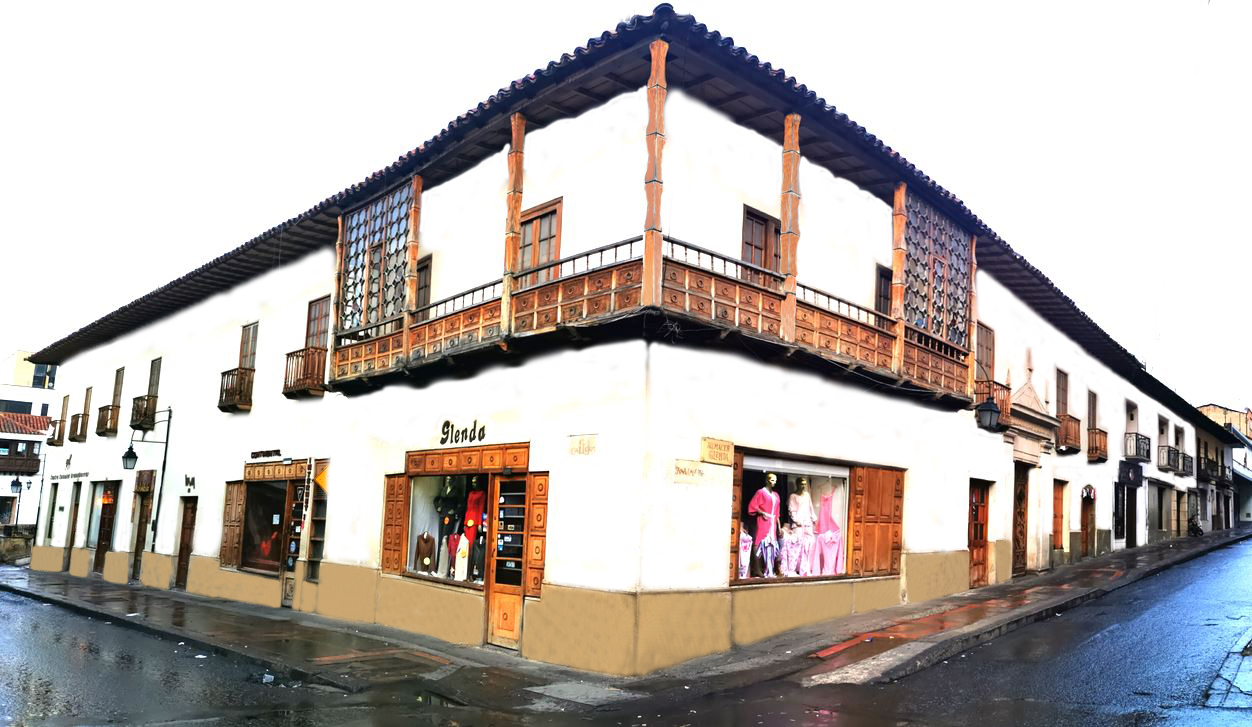
The conqueror Pedro Ruiz Corredor also participated in the founding of Tunja, who settled in the new city and built his house; He participated in the fights against Chief Tundama; received the Encomienda of Oicatá; His children were Miguel Ruiz Corredor, Alférez of Tunja and Doña María Ruiz Corredor, wife of the Regidor of Tunja, Don Alonso Sánchez Marchán.
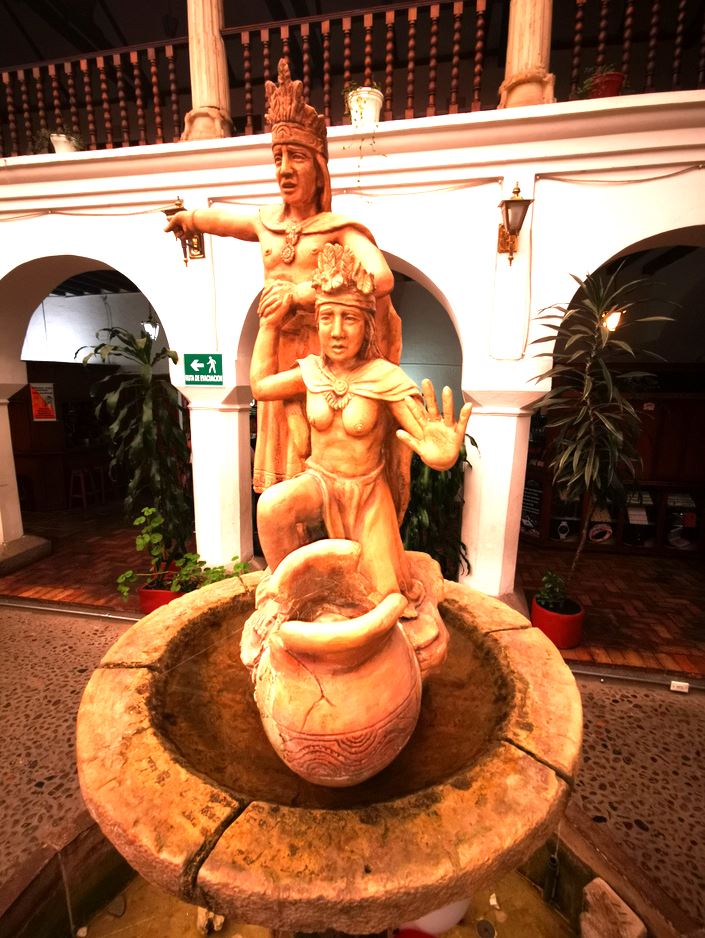
The Conquistador Cristóbal Ruiz also participated in the founding of Tunja; He was a native of Córdoba (Spain); He was granted the Encomienda of Chocontá and later the Encomienda of Teusacá, which he enjoyed until his death. The Encomendero Don Pedro Ruiz García was mayor of the city of Tunja in 1557 and 1573. It was precisely he who took the initiative to make a chapel in the temple of Santiago el Mayor; This chapel was started in 1569 and completed by his son ANTONIO RUIZ MANCIPE.
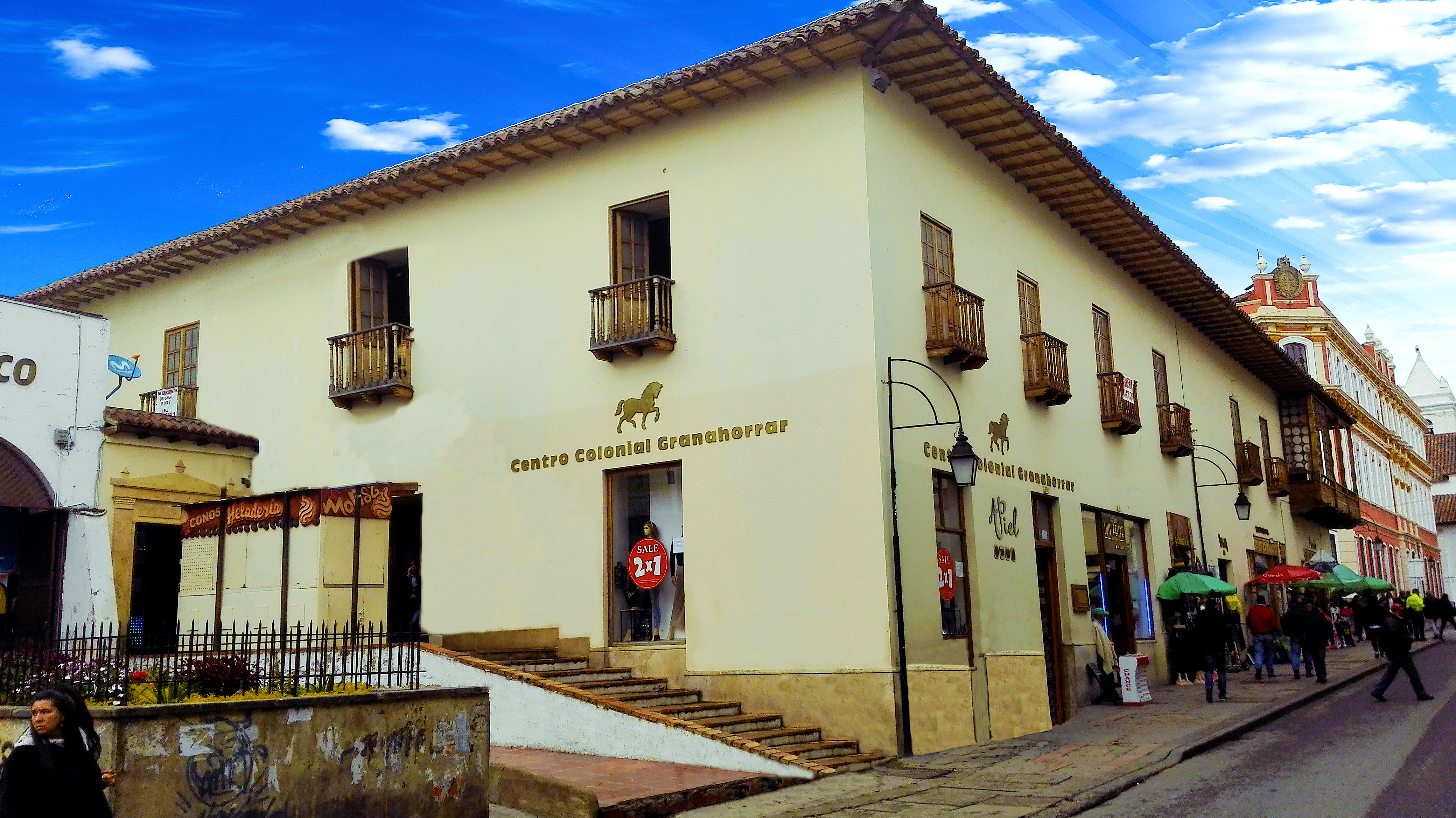
Thus, one of the most beautiful chapels of the Cathedral of Tunja called "Capilla de los Mancipes" was built, made with great style, predominating great wealth in its artistic treasures. There we find the Calvary Altarpiece, one of the most beautiful works of the Sevillian Low Renaissance. The colonial chronicles say that Don Antonio Ruiz Mancipe fell in love with the niece of the Cacique of Toca, baptized with the name Antonia Liñán. For this reason, the rights of mayorazgo were called into question. However, Captain Antonio Ruiz Mancipe won his lawsuit before the Royal Court of Santafé, and made a promise to finish decorating the famous Mancipe chapel of the Cathedral that his father had started. Once completed, on July 26, 1598, a deed of donation of the Chapel was granted, which had its house as rent, one of the most beautiful and important in the city. Other historical aspects of the Ruiz Mancipe Mansion.



